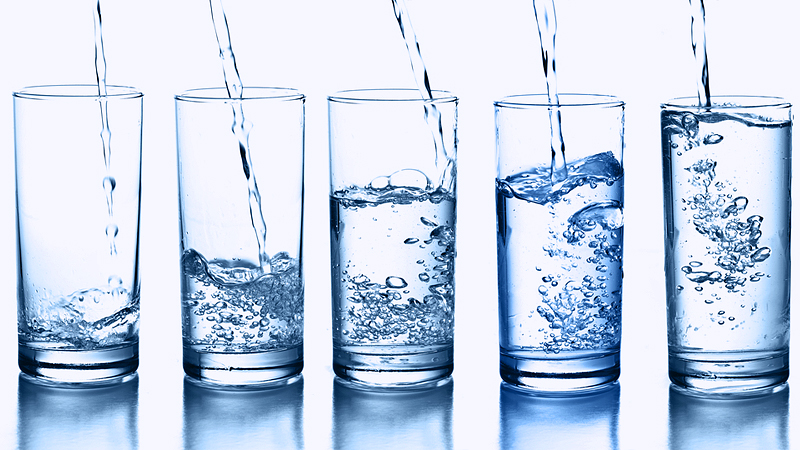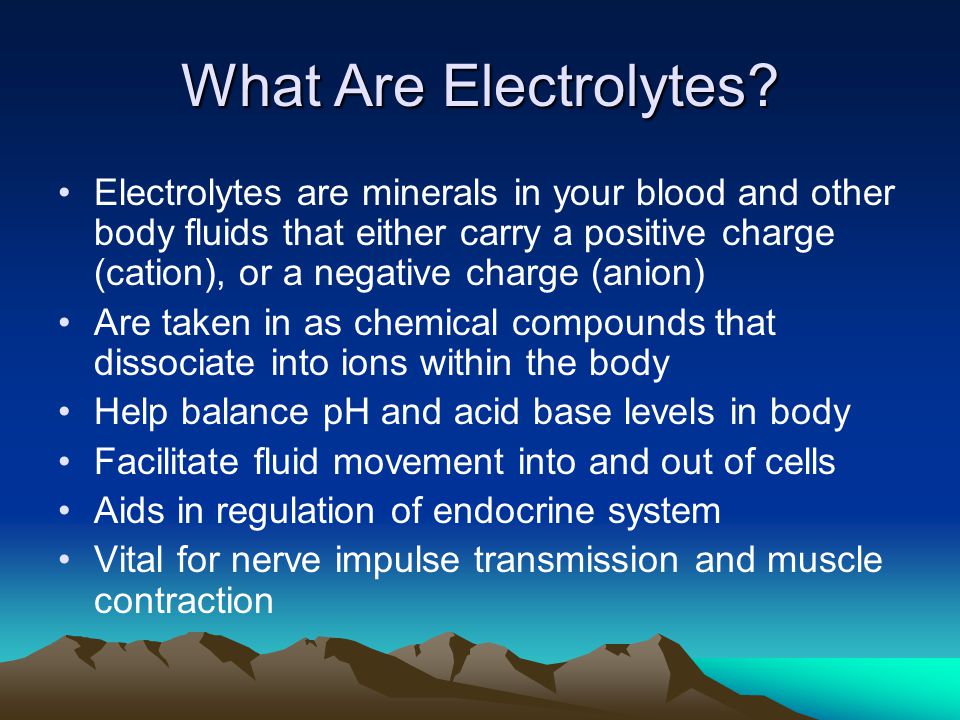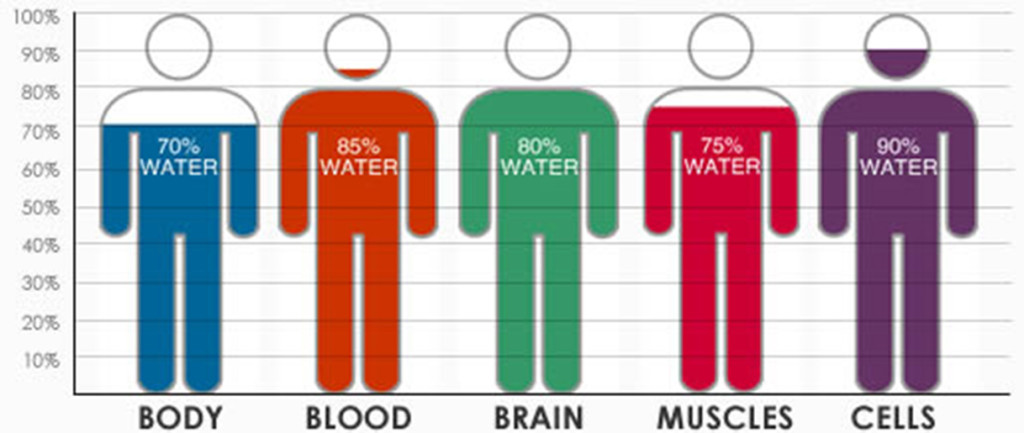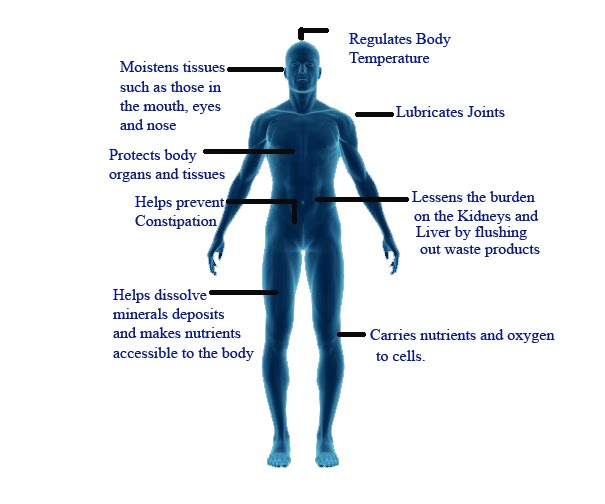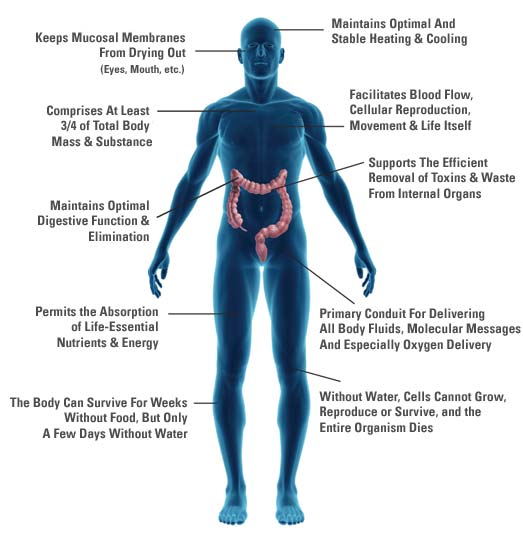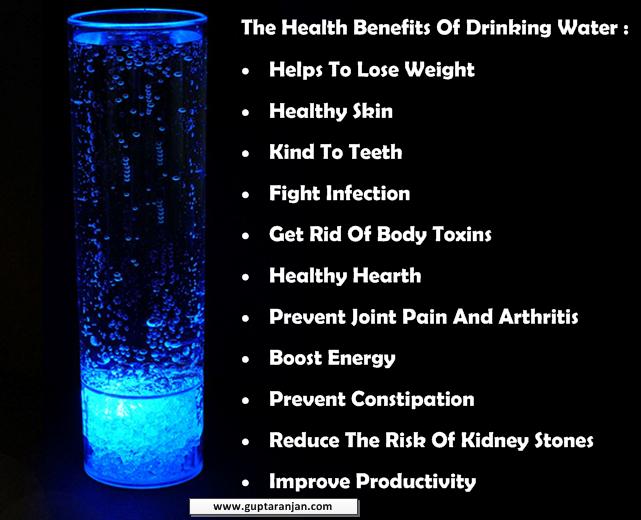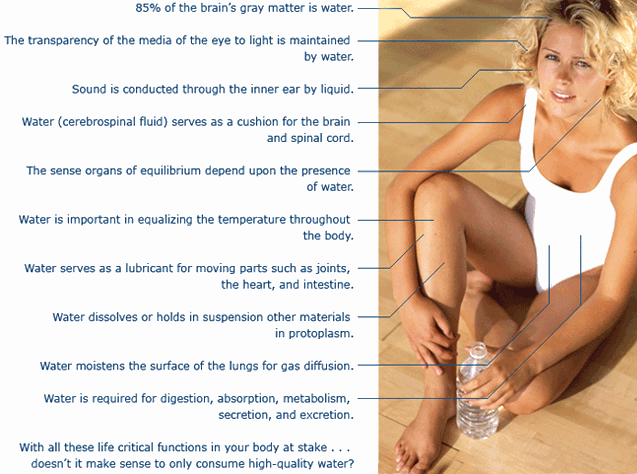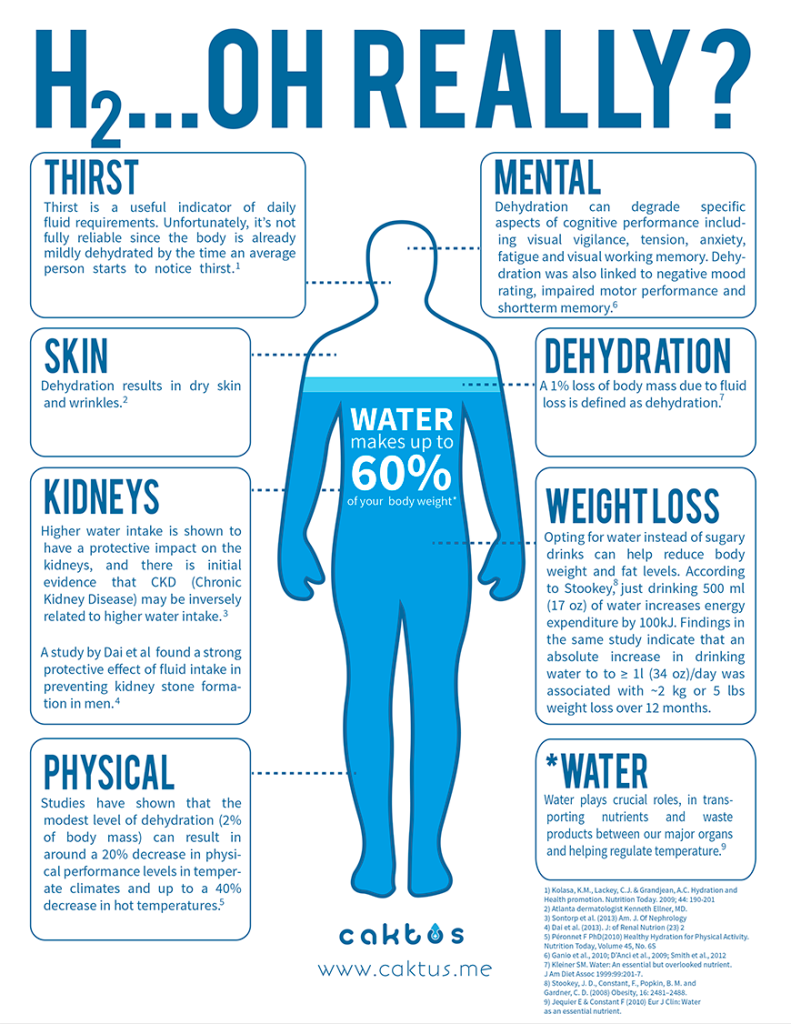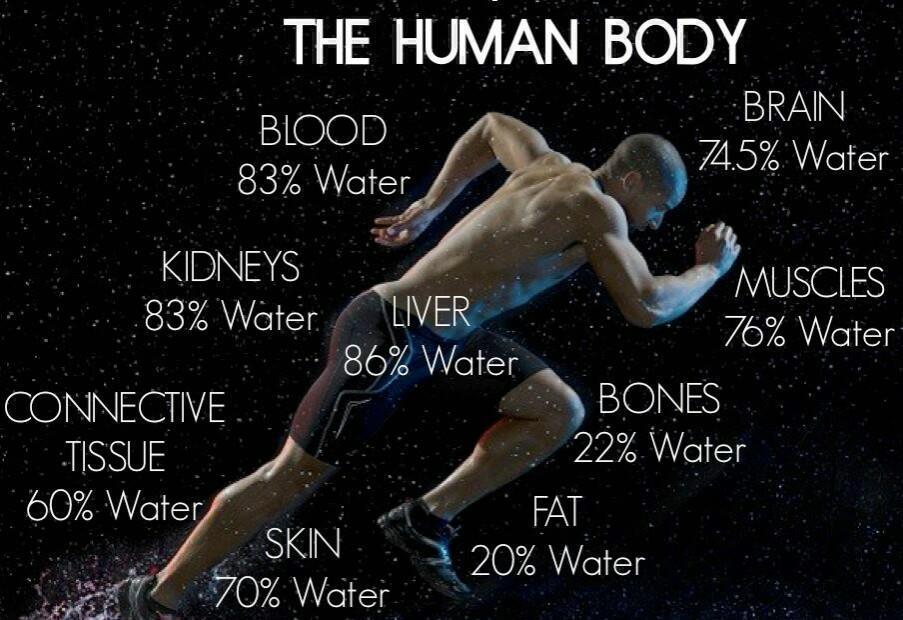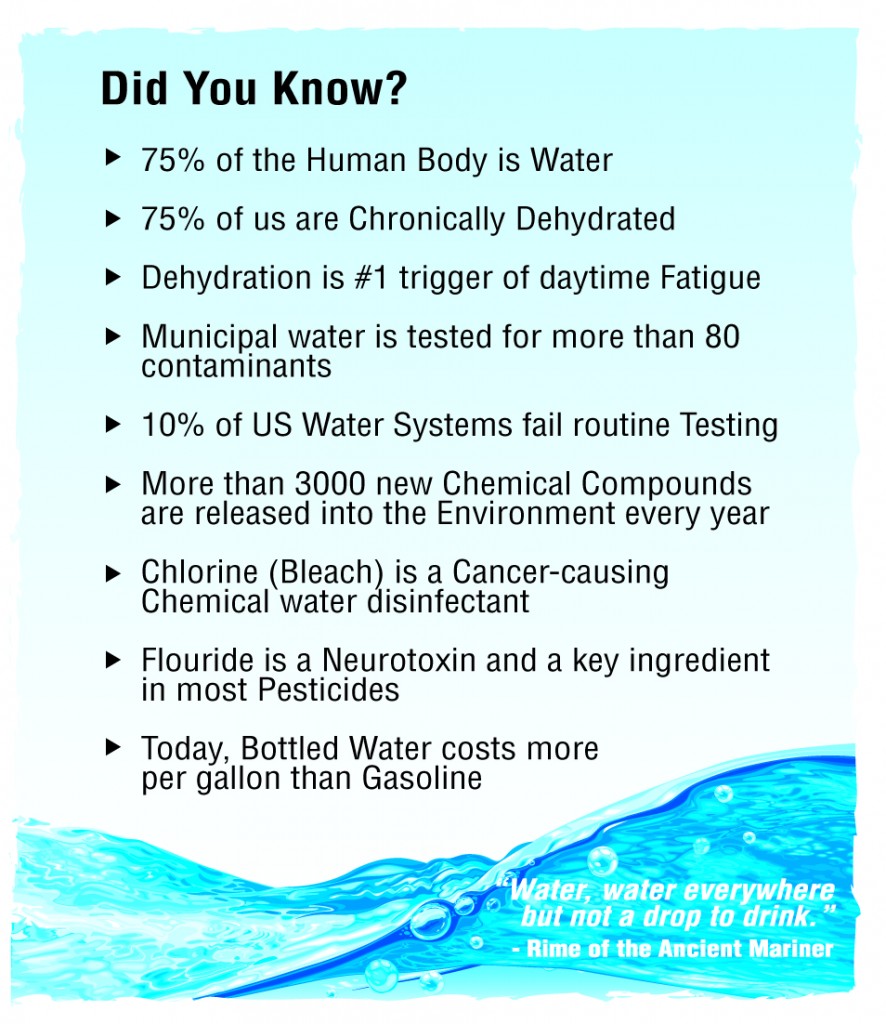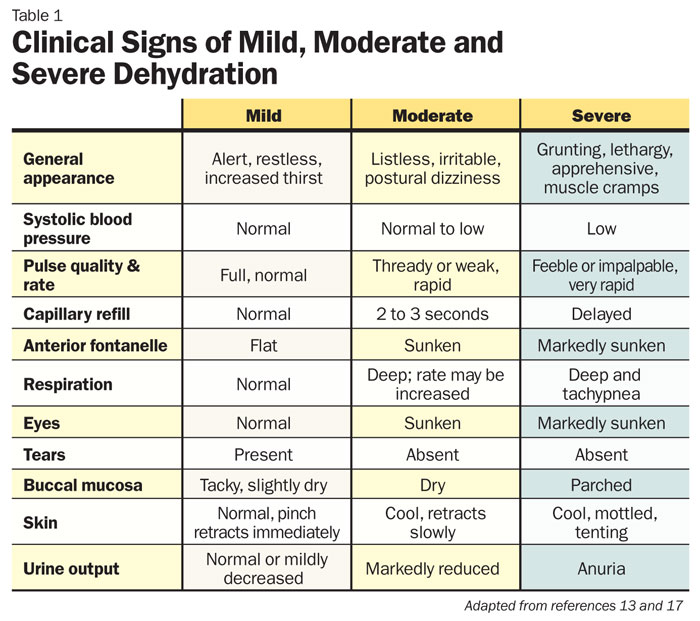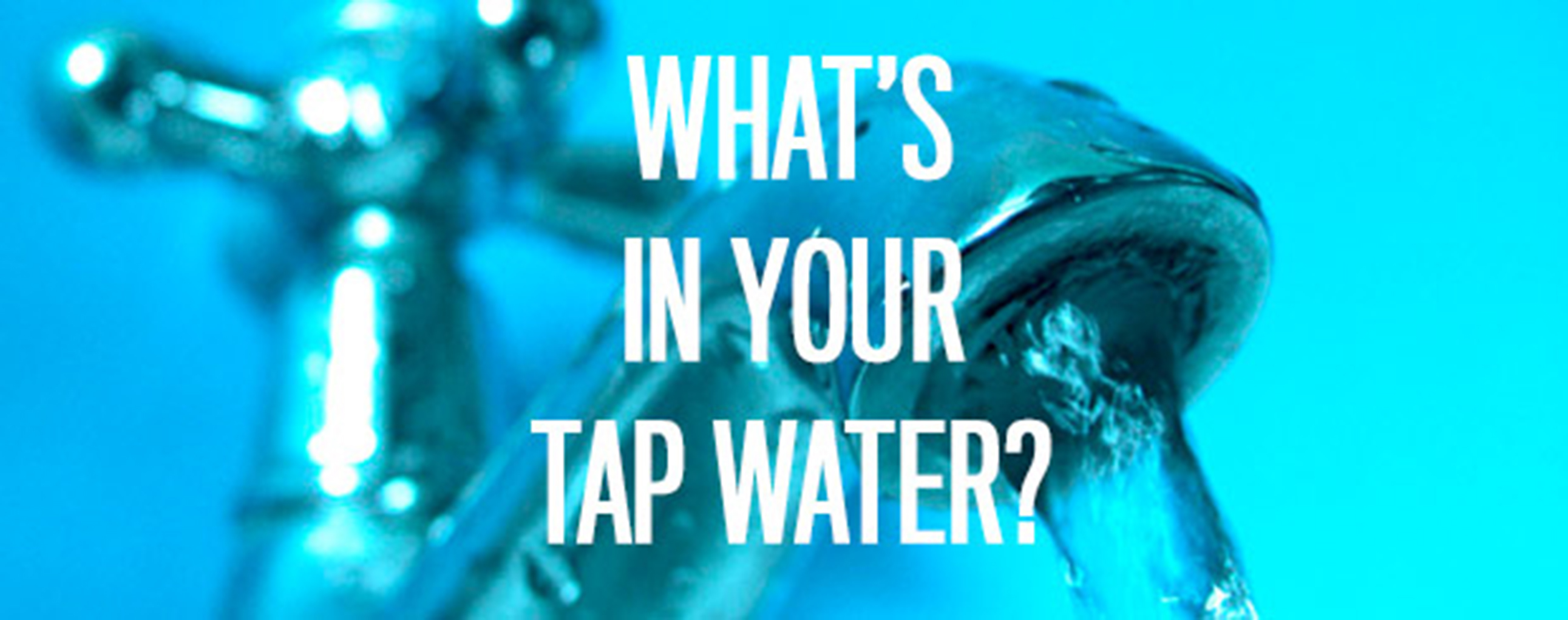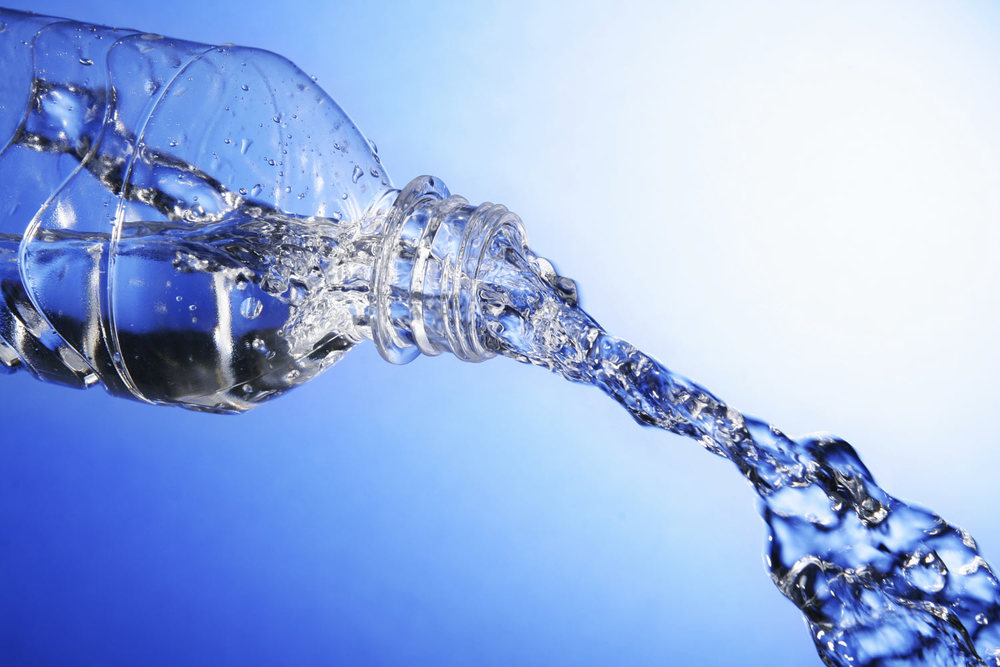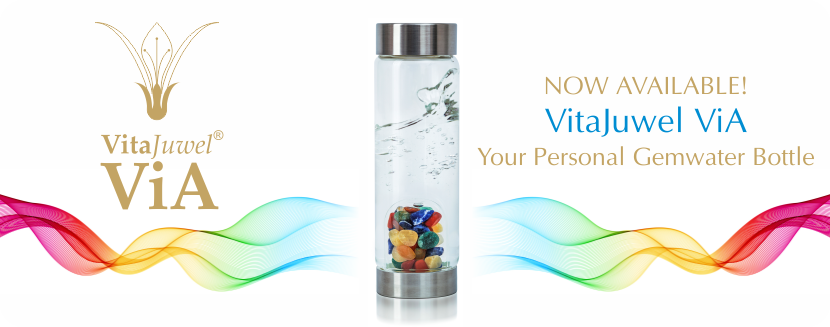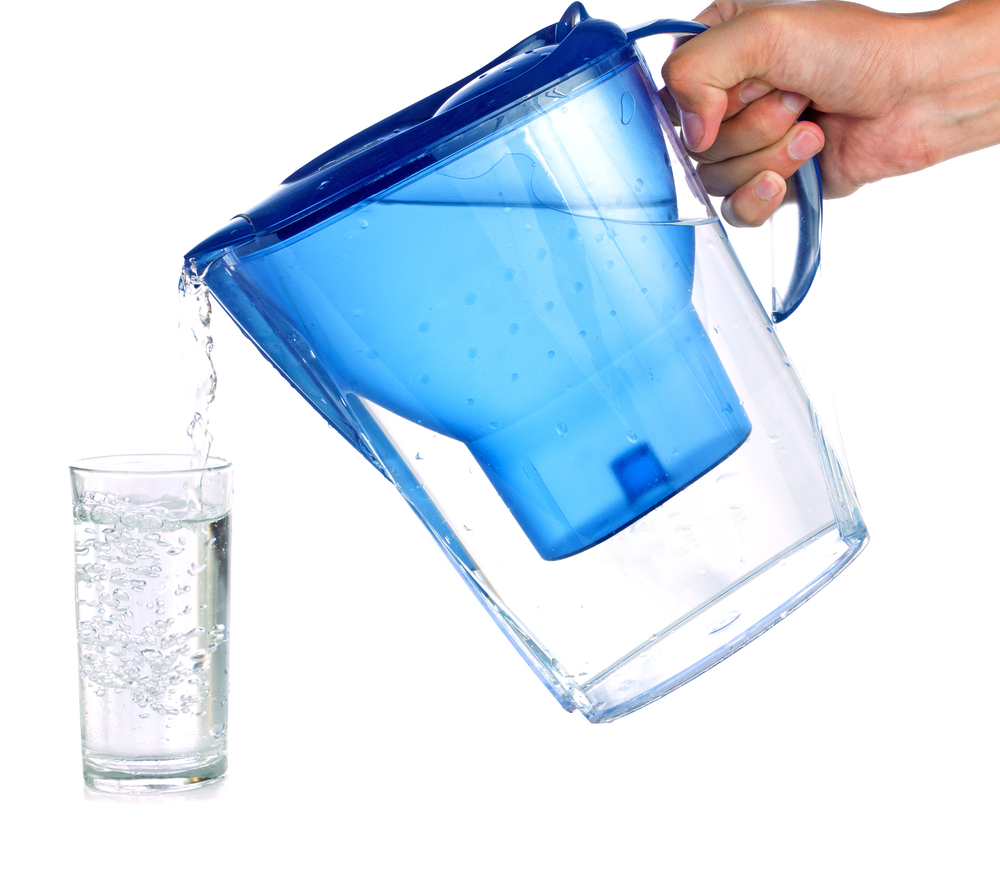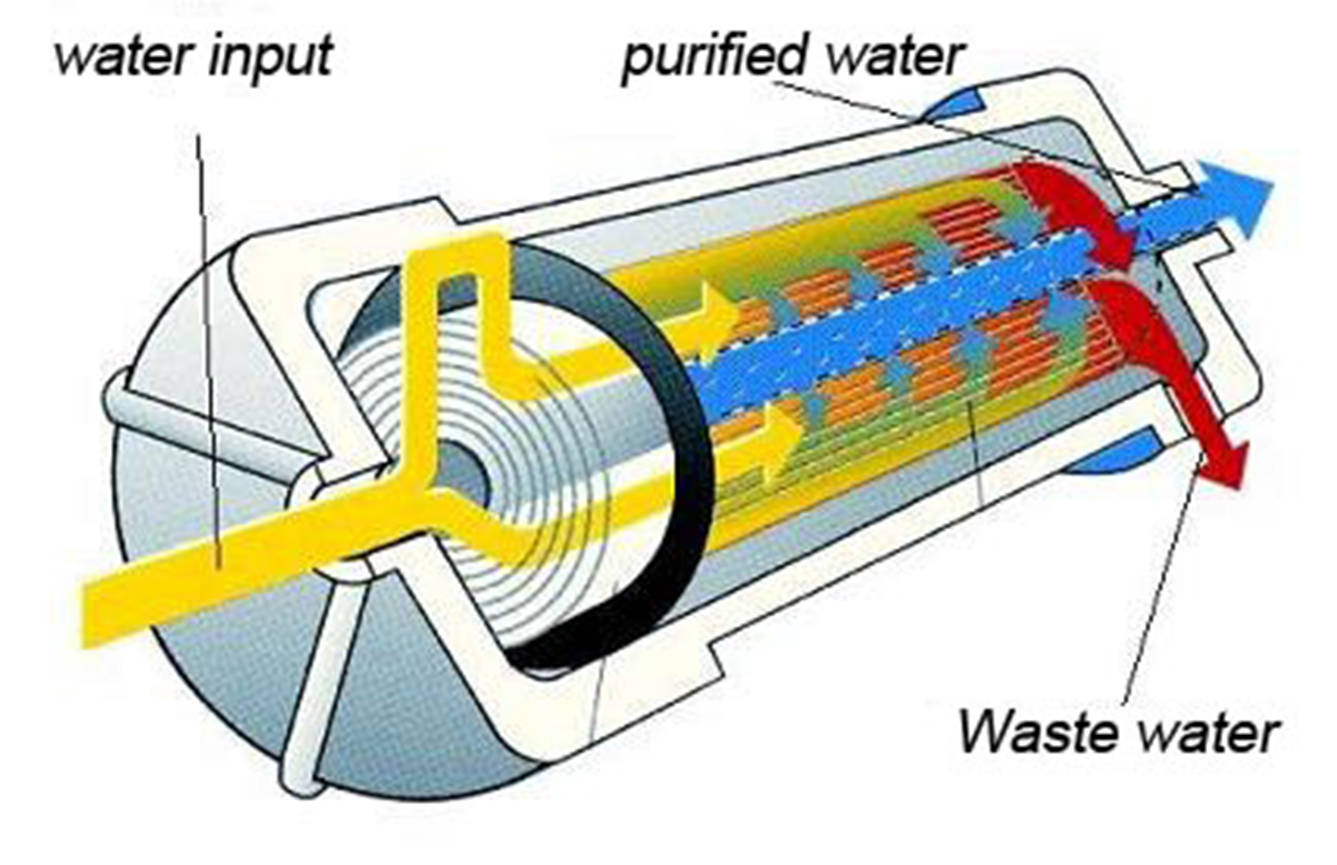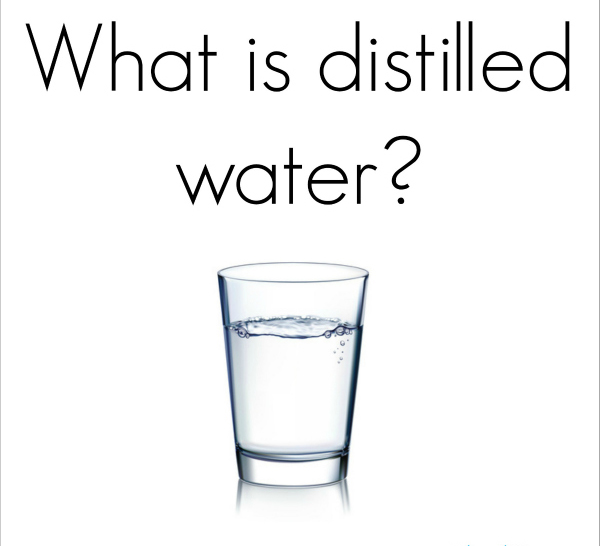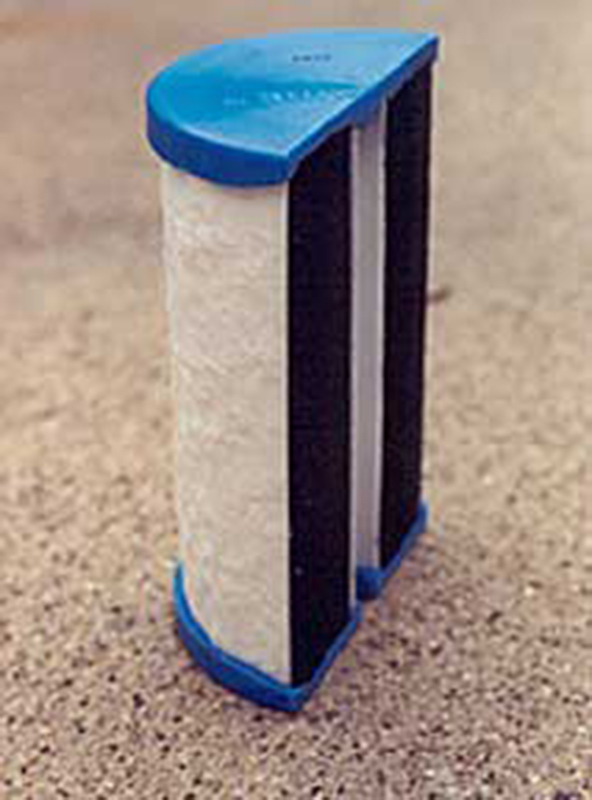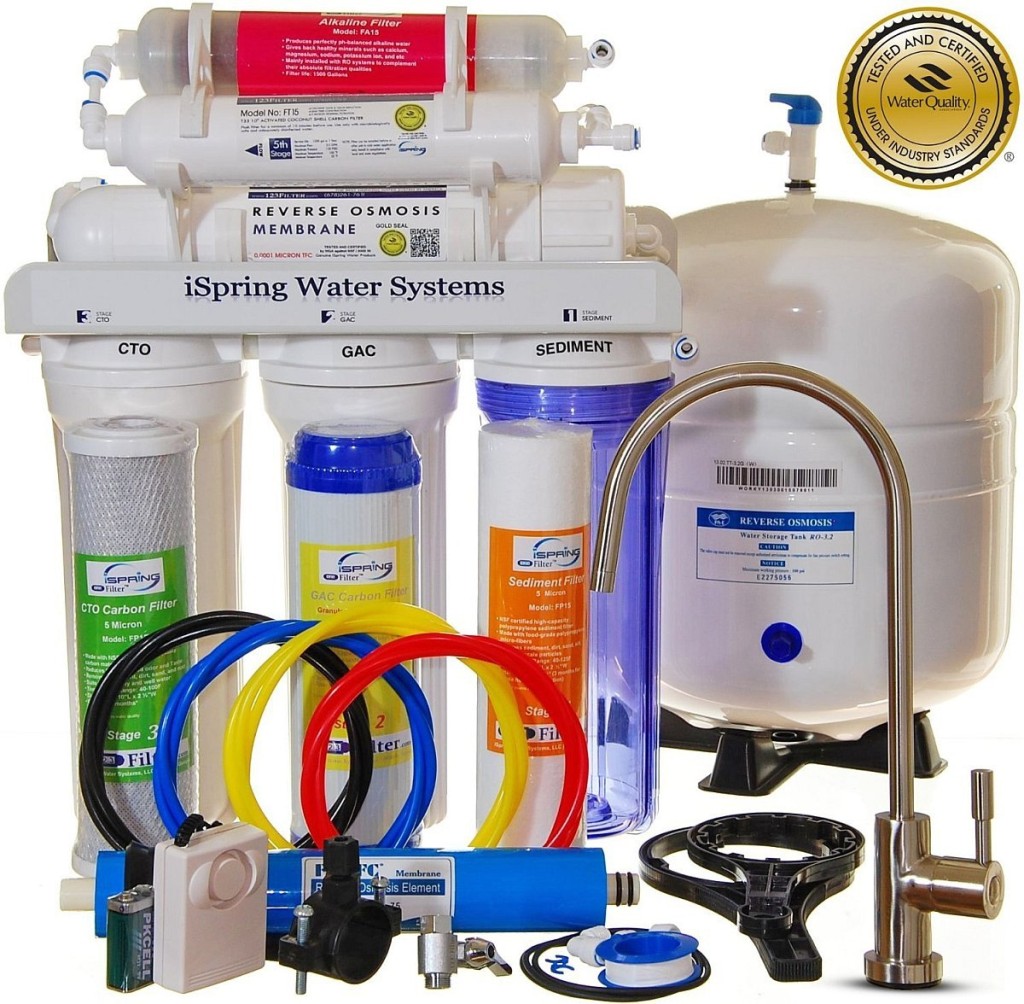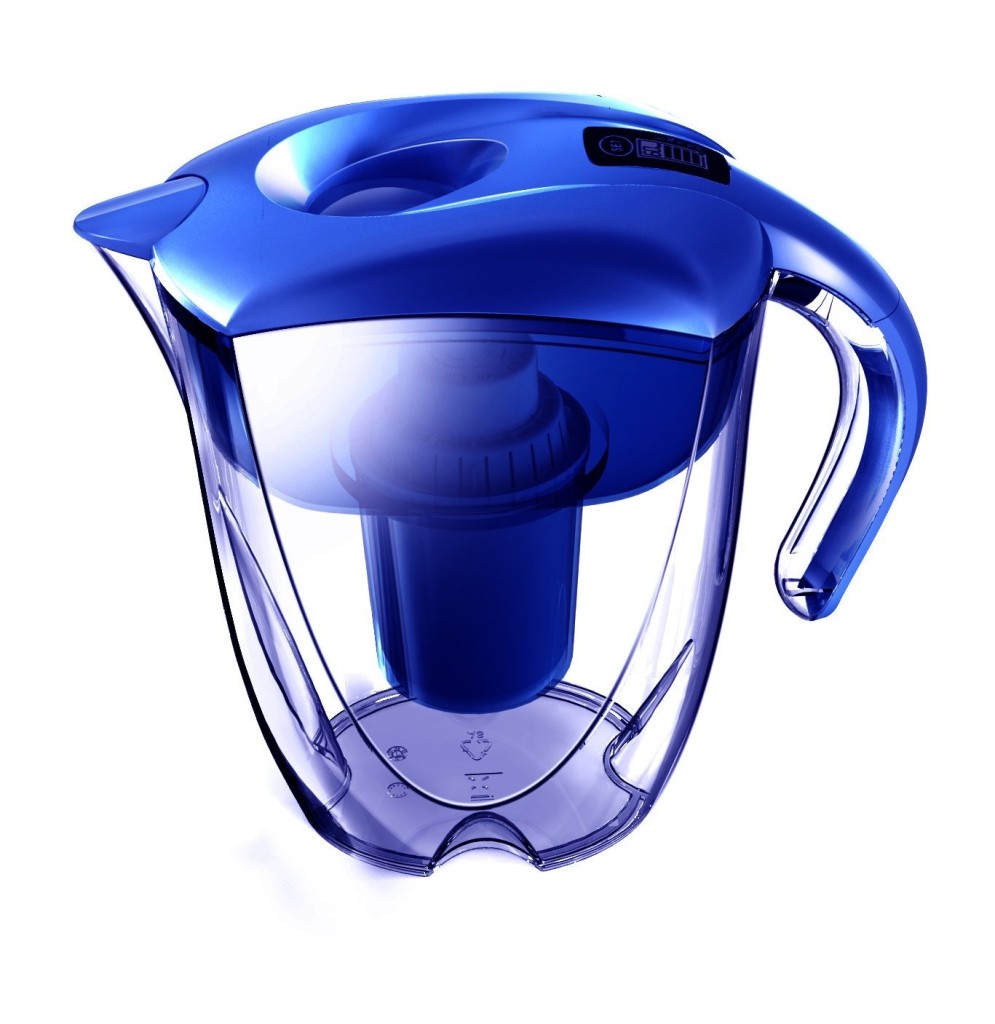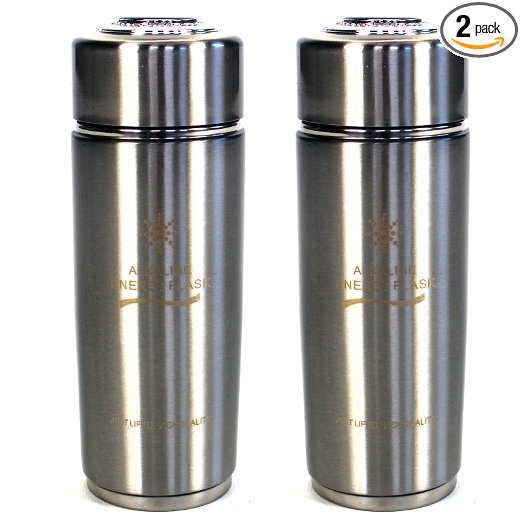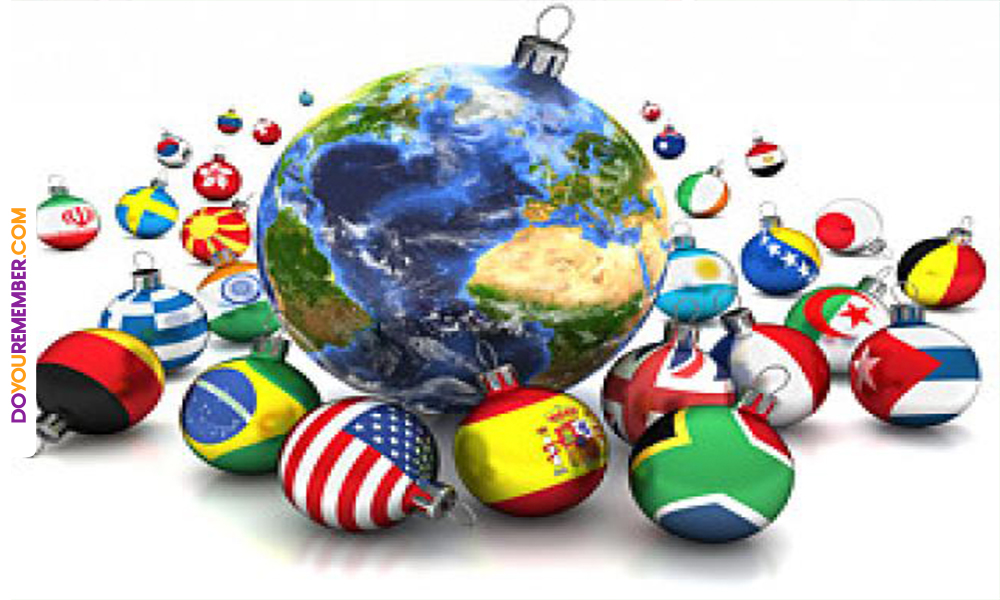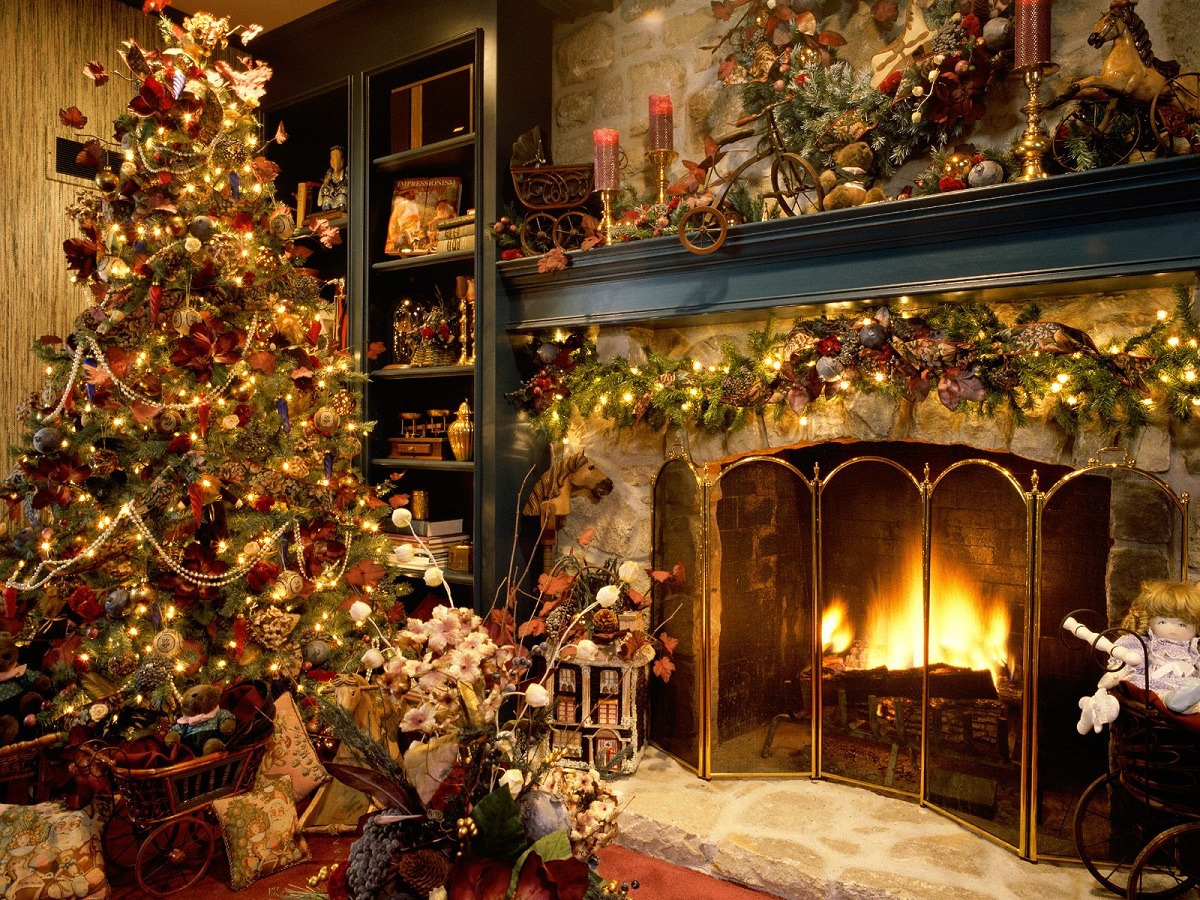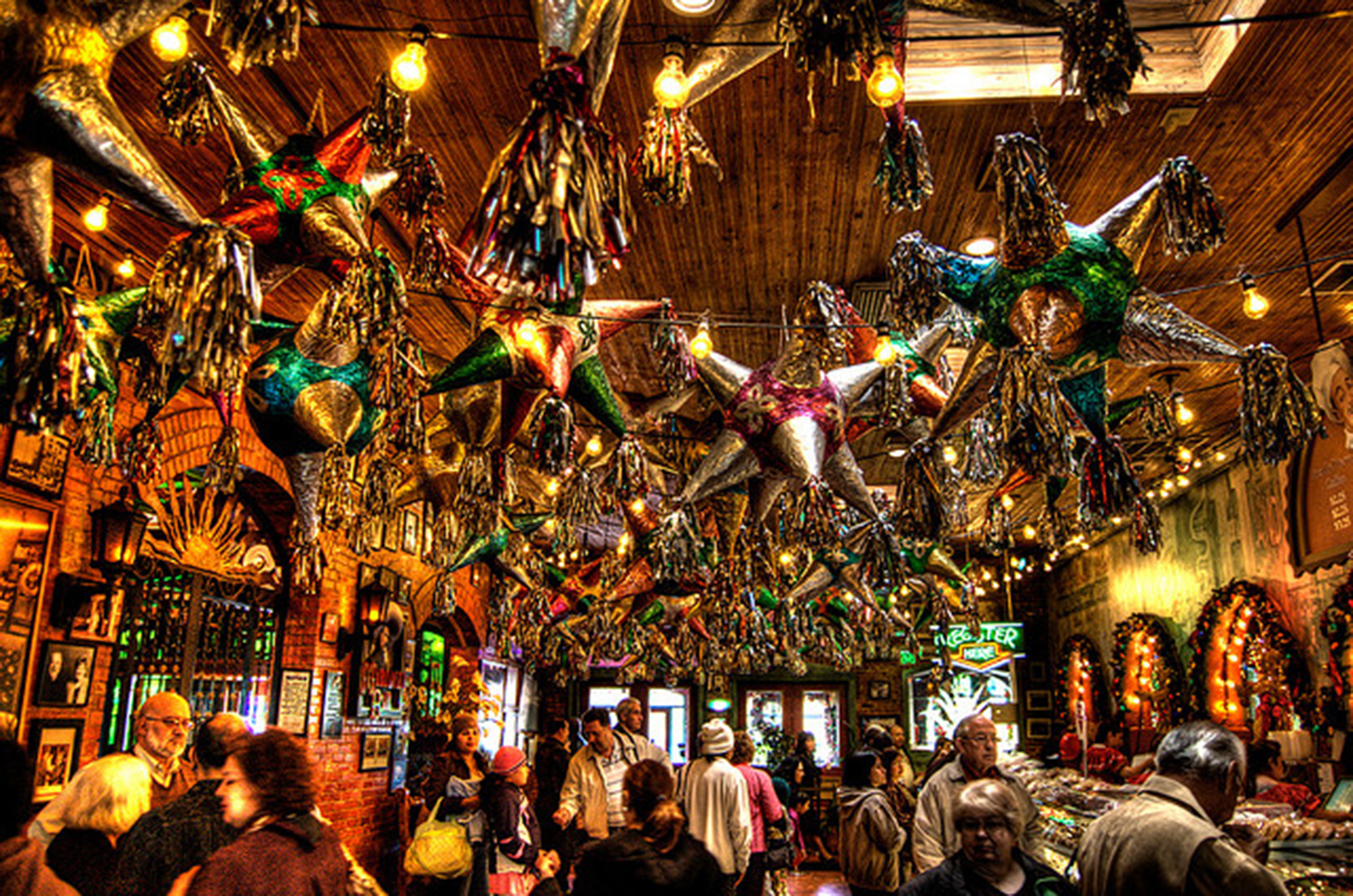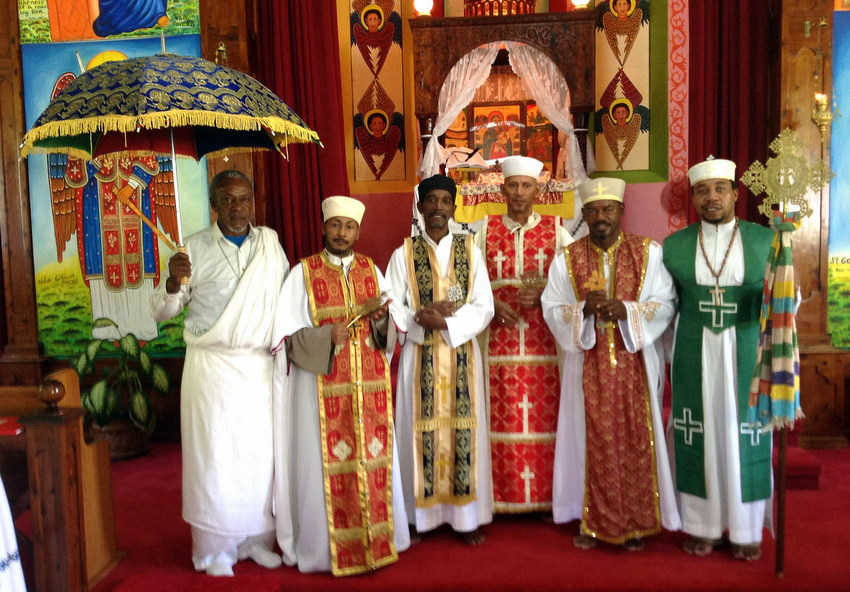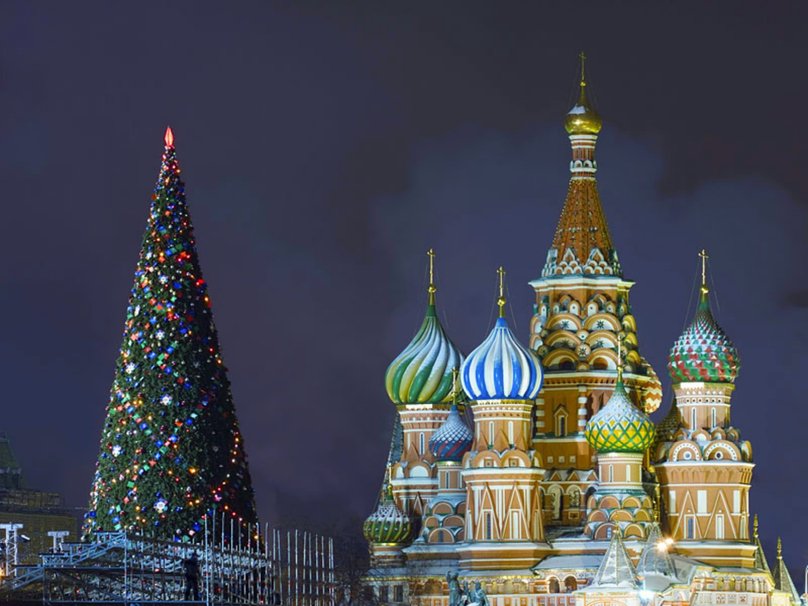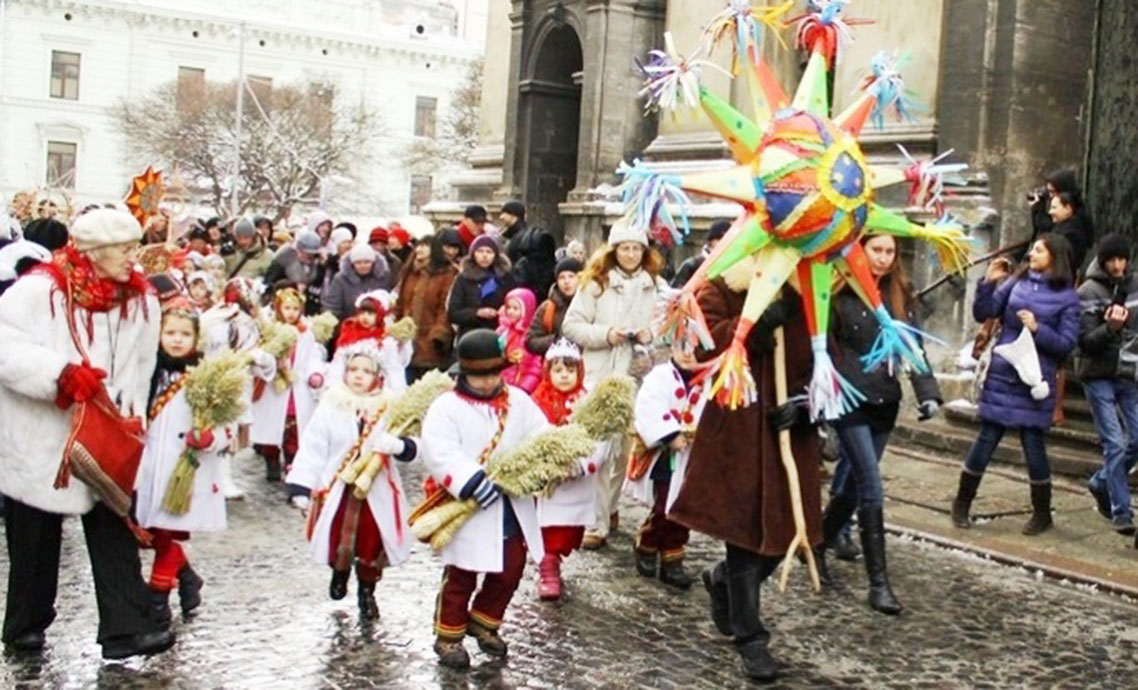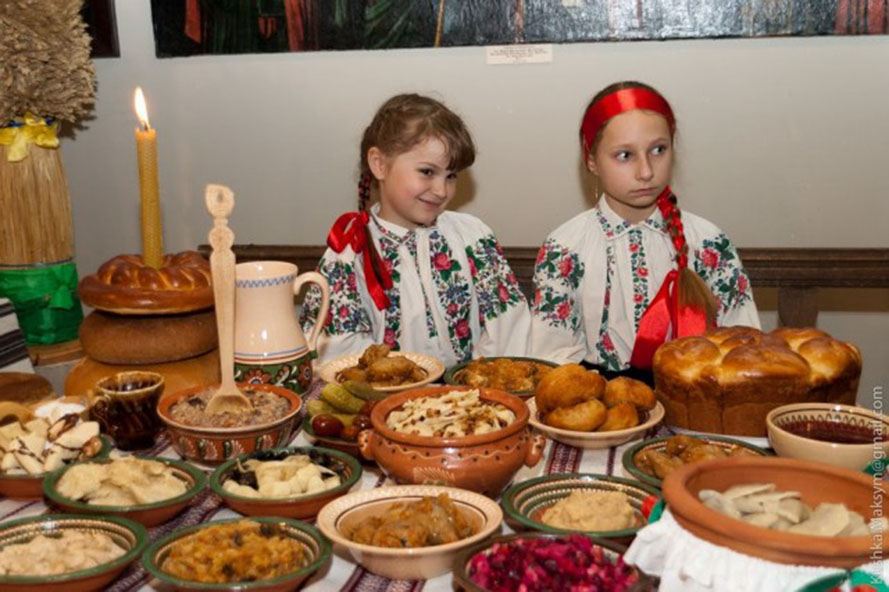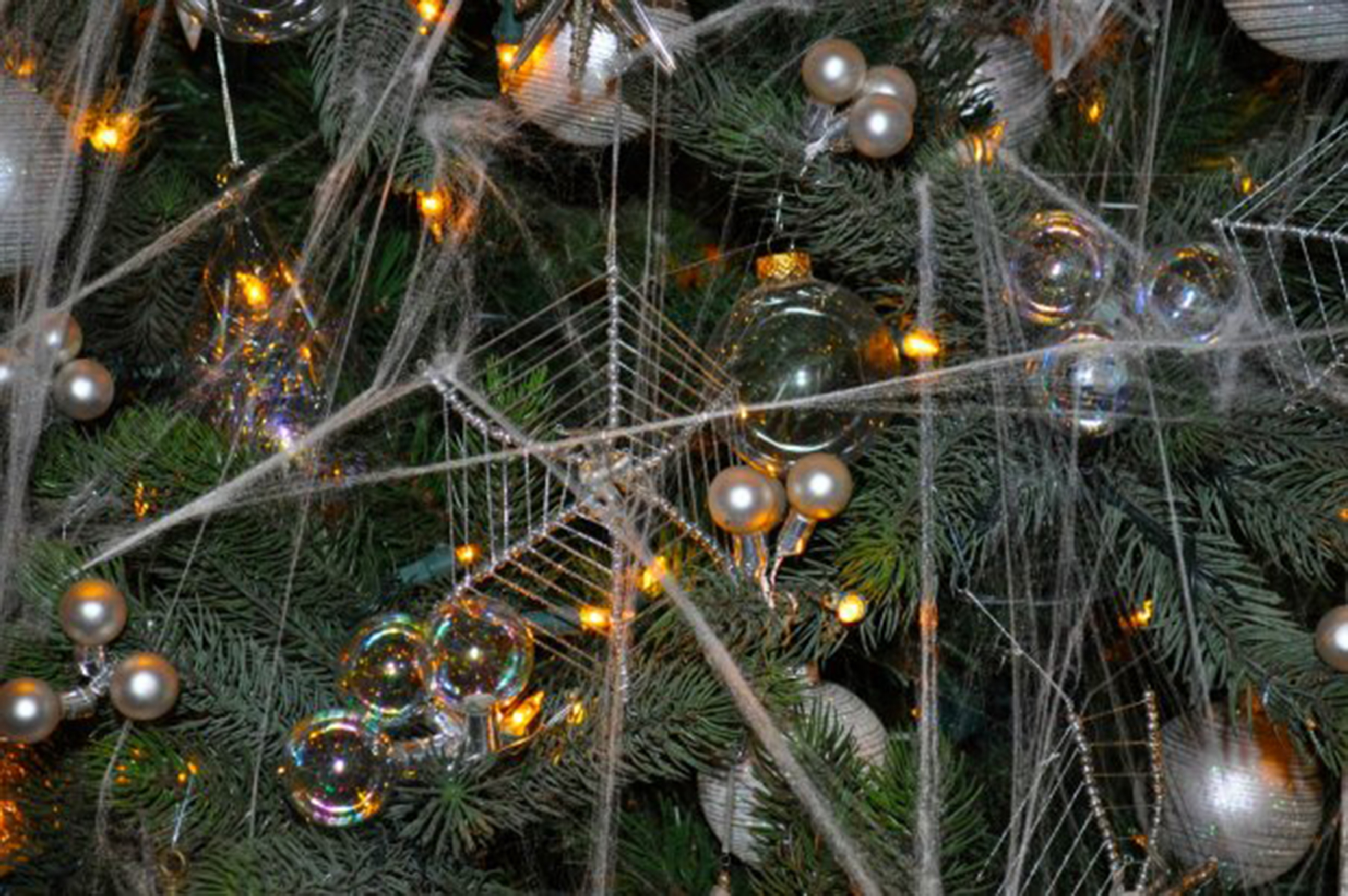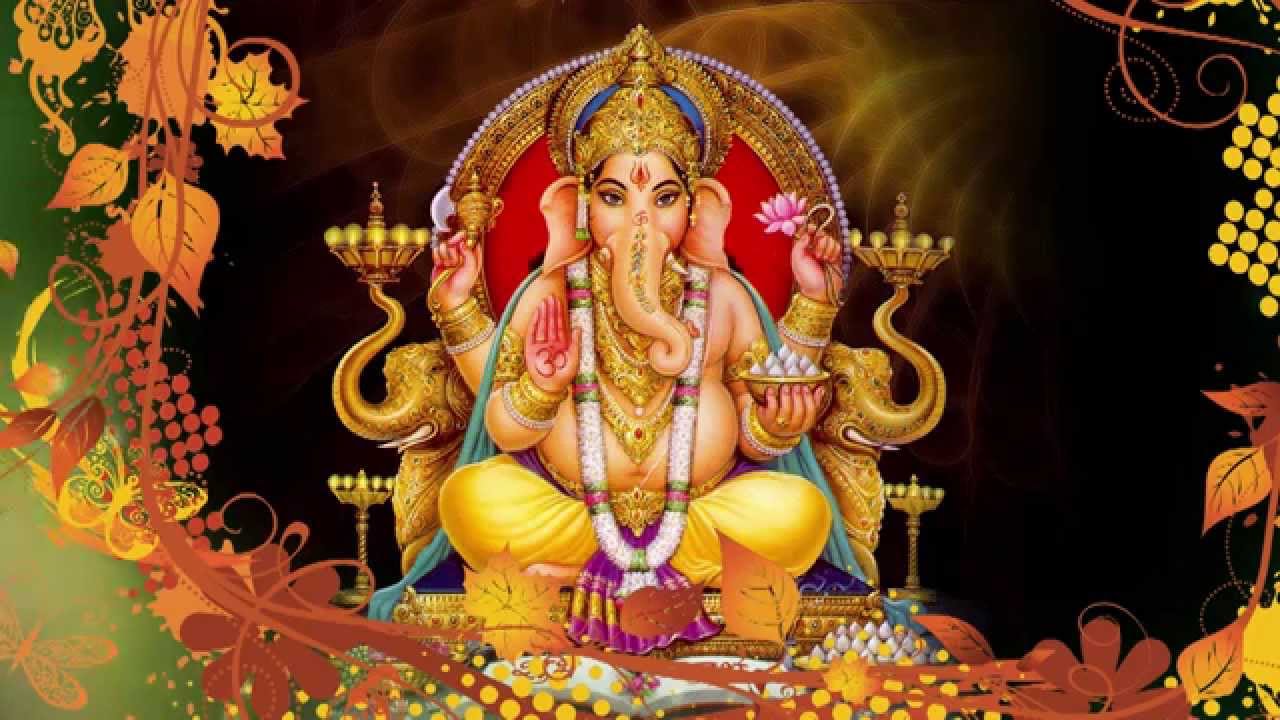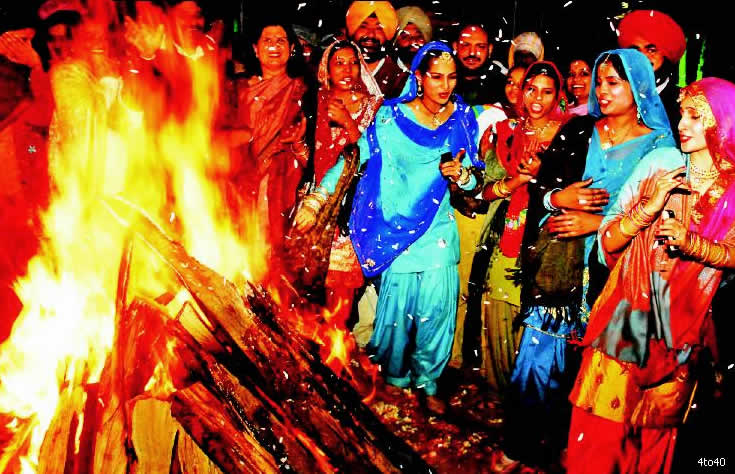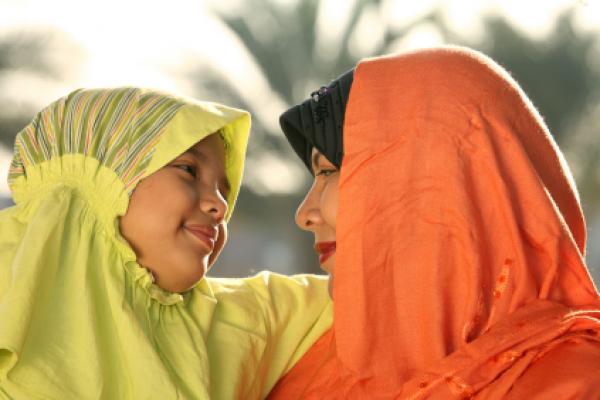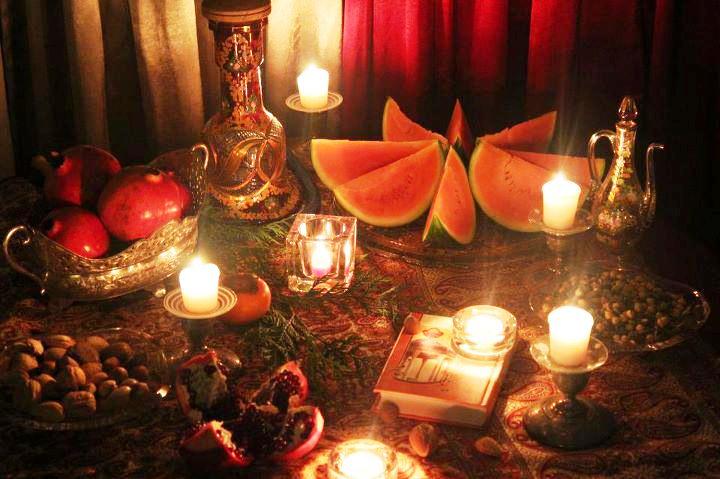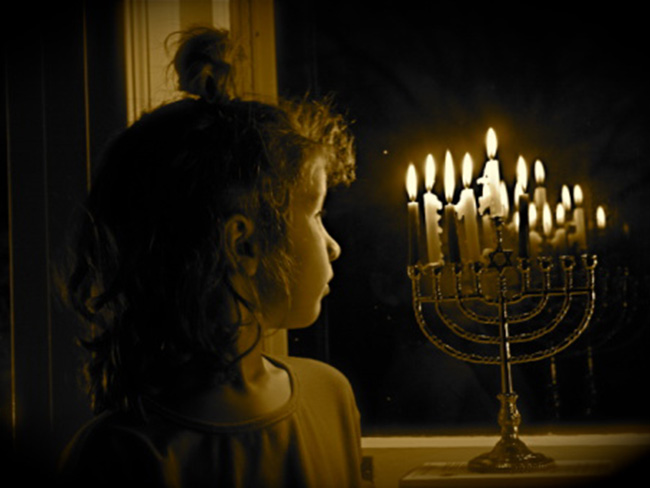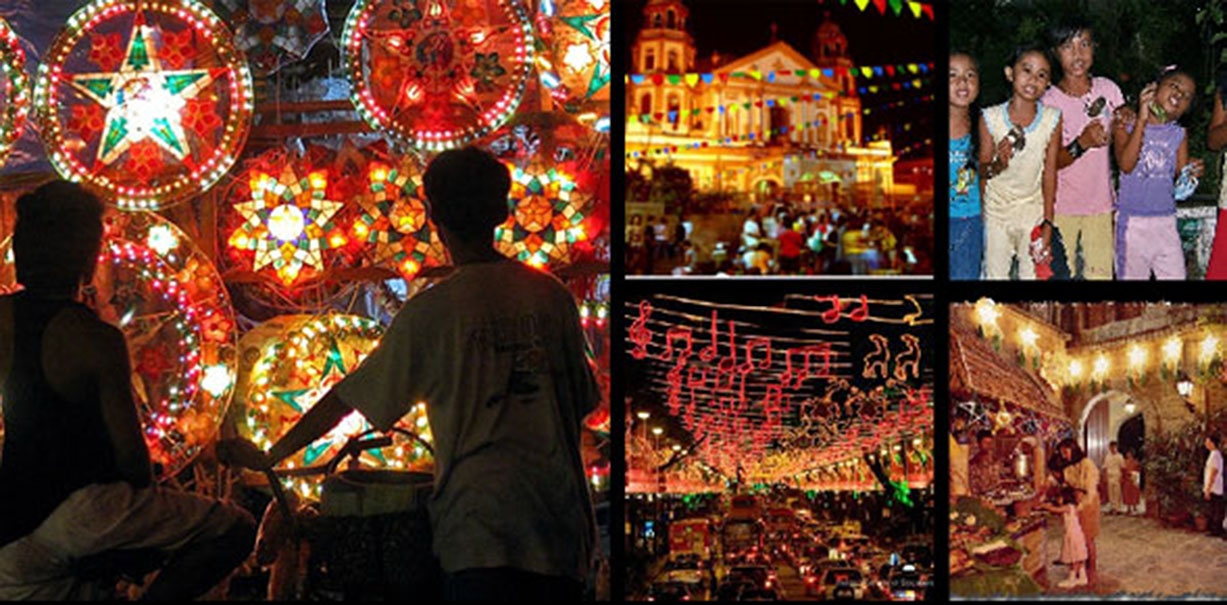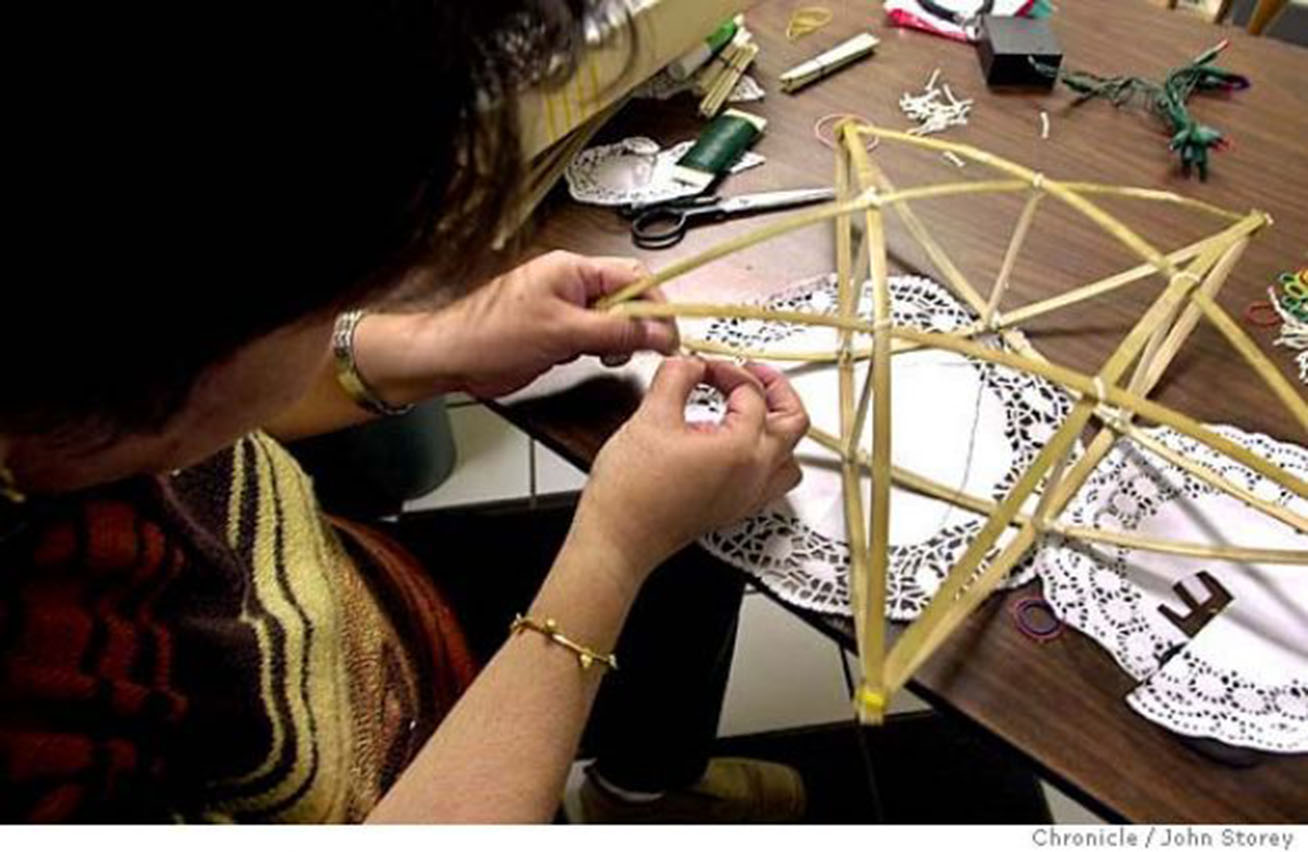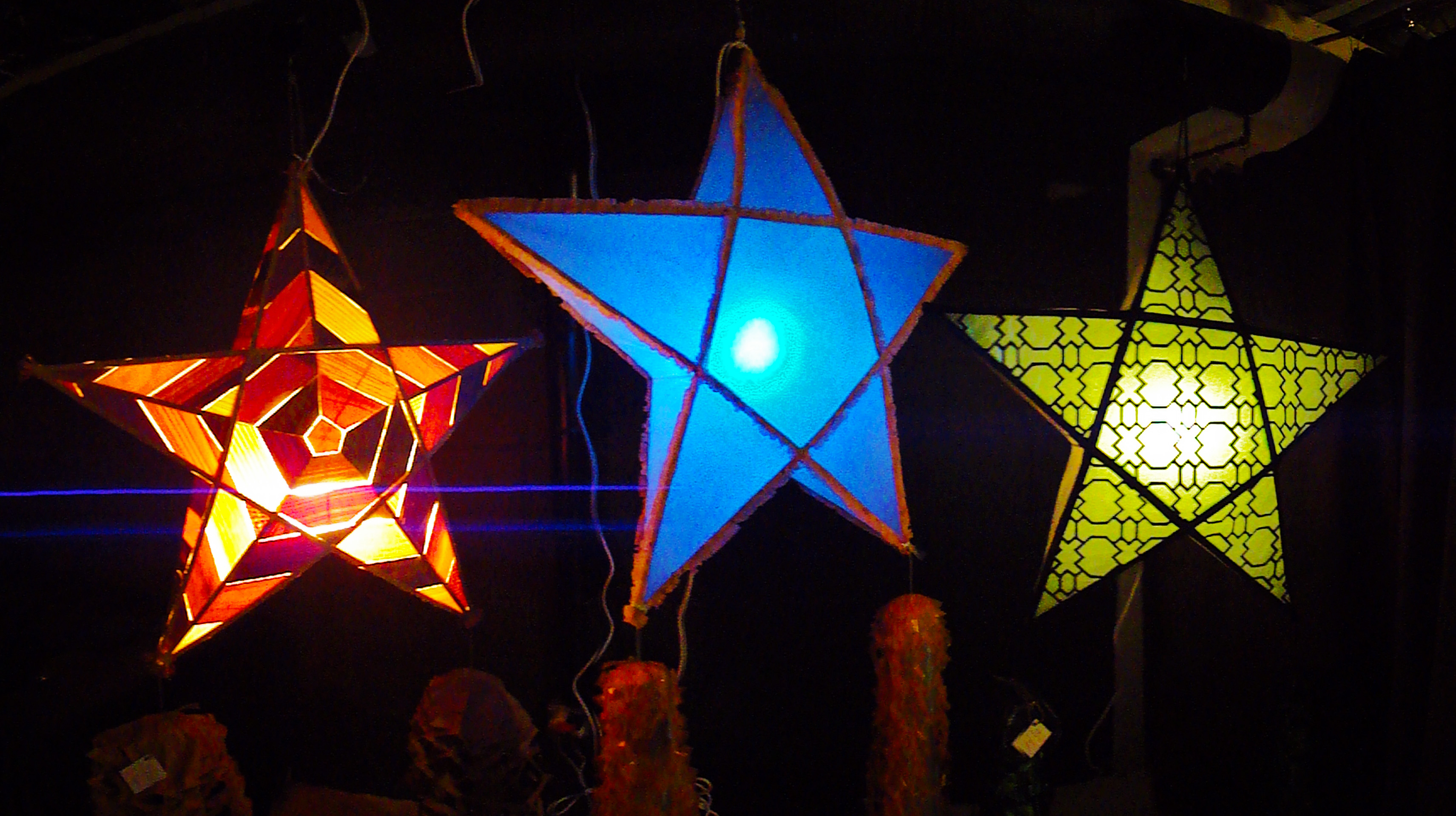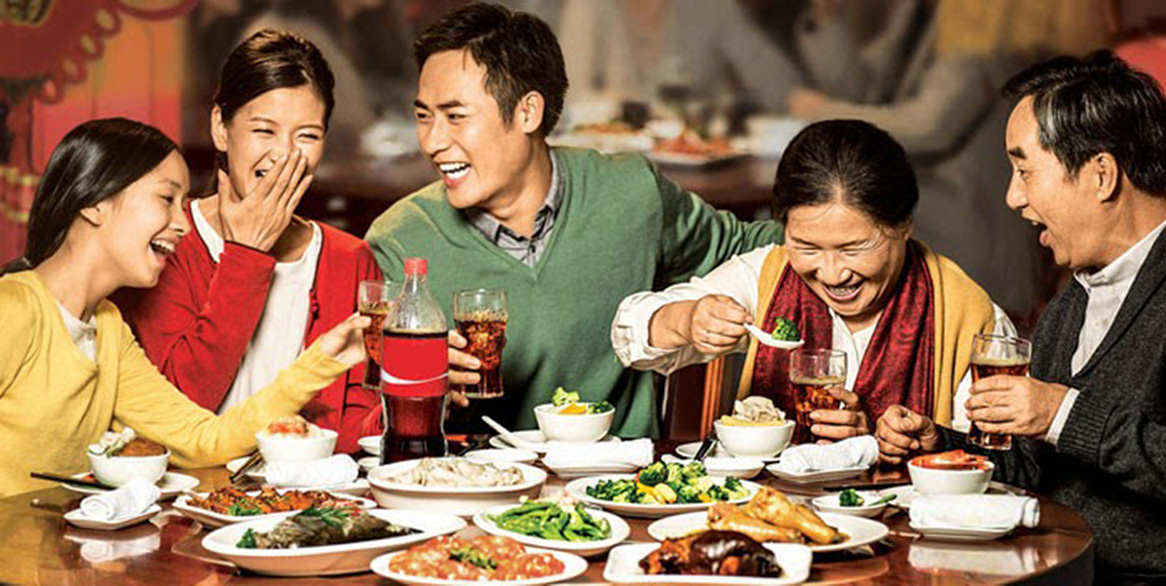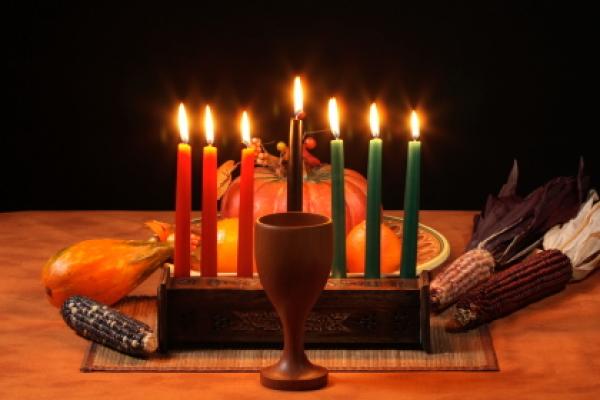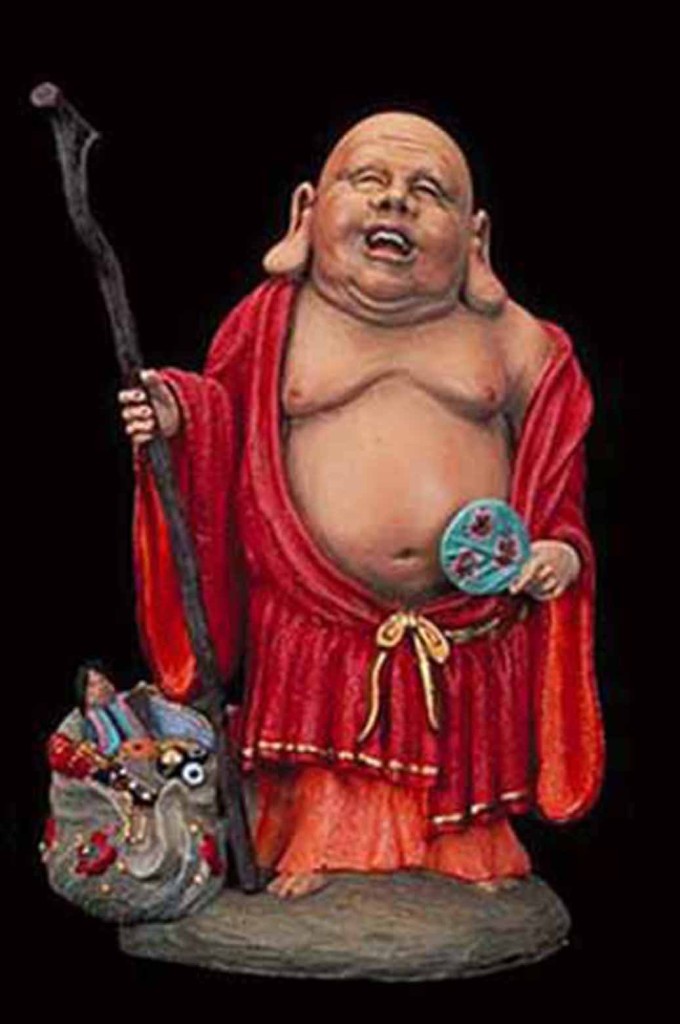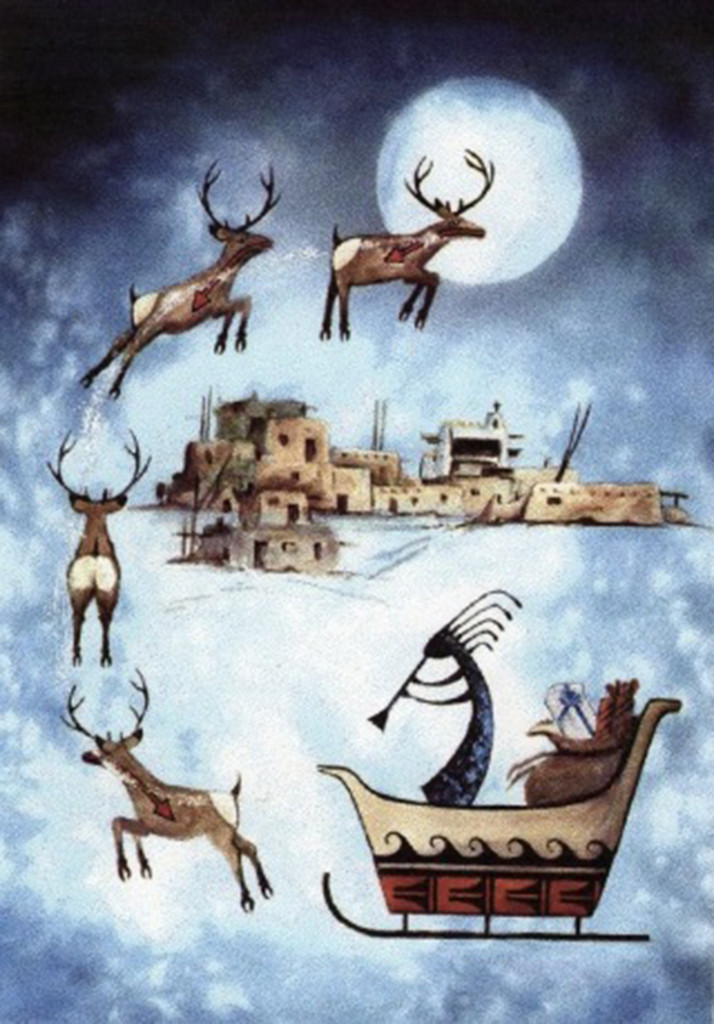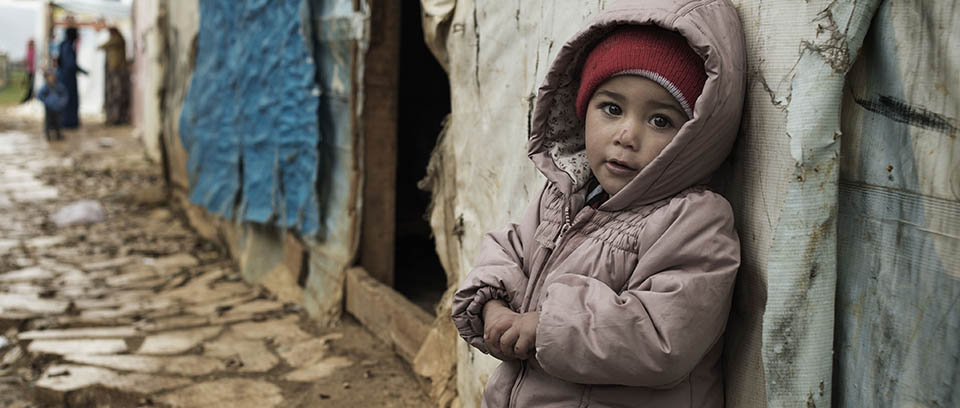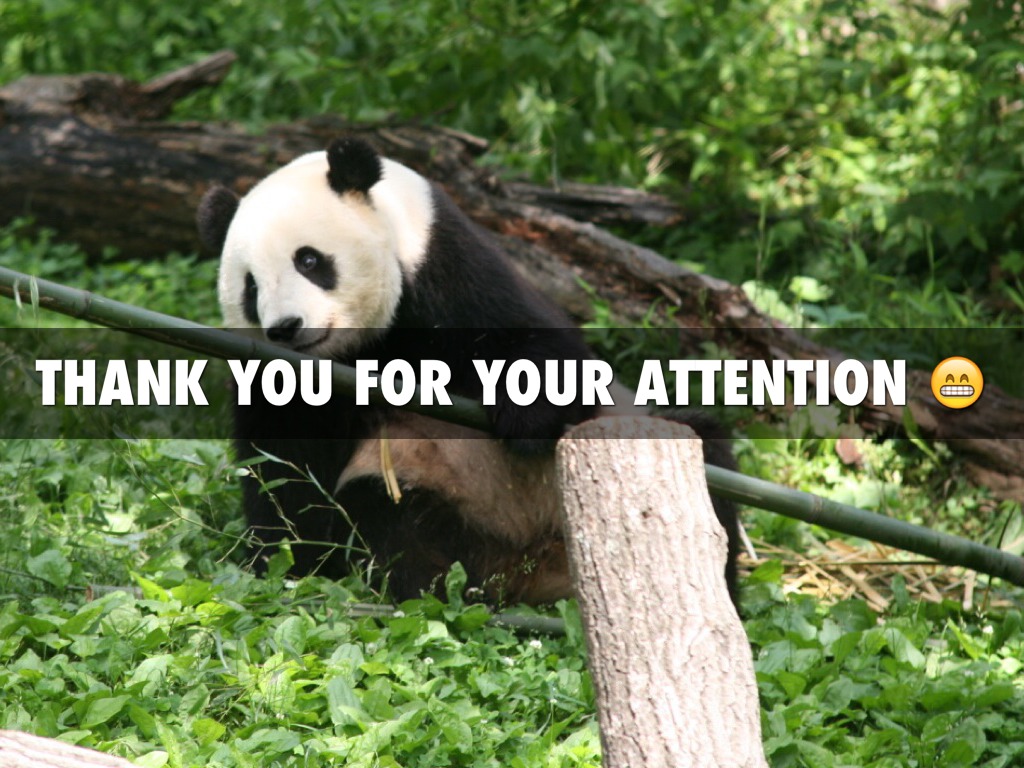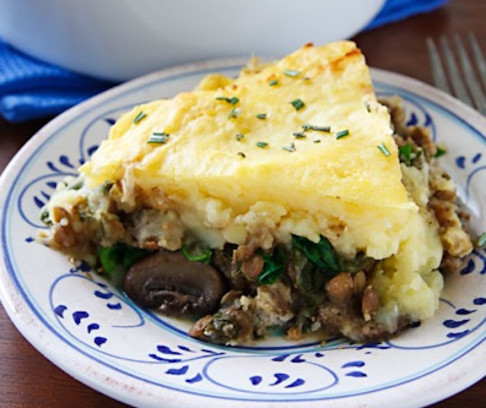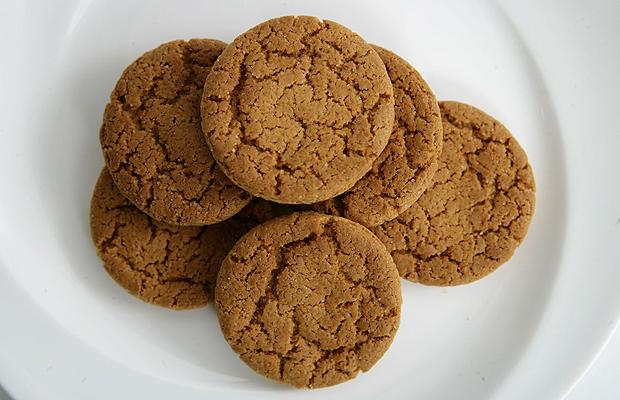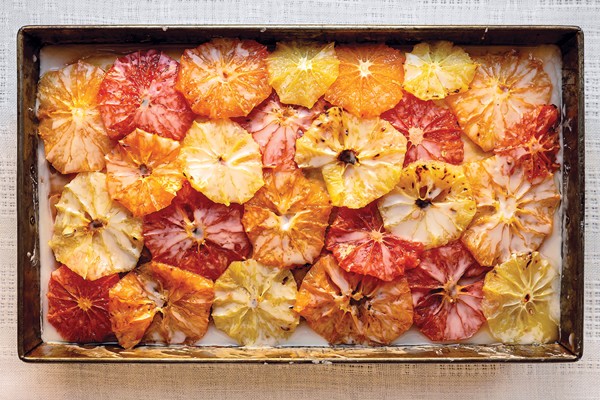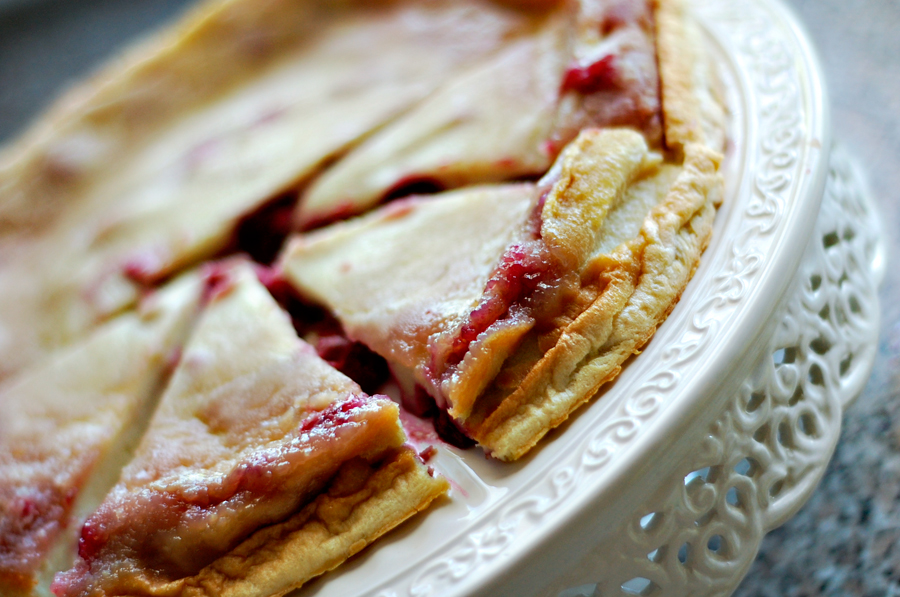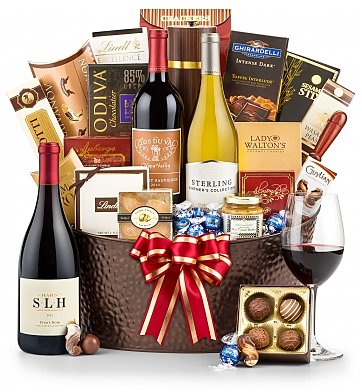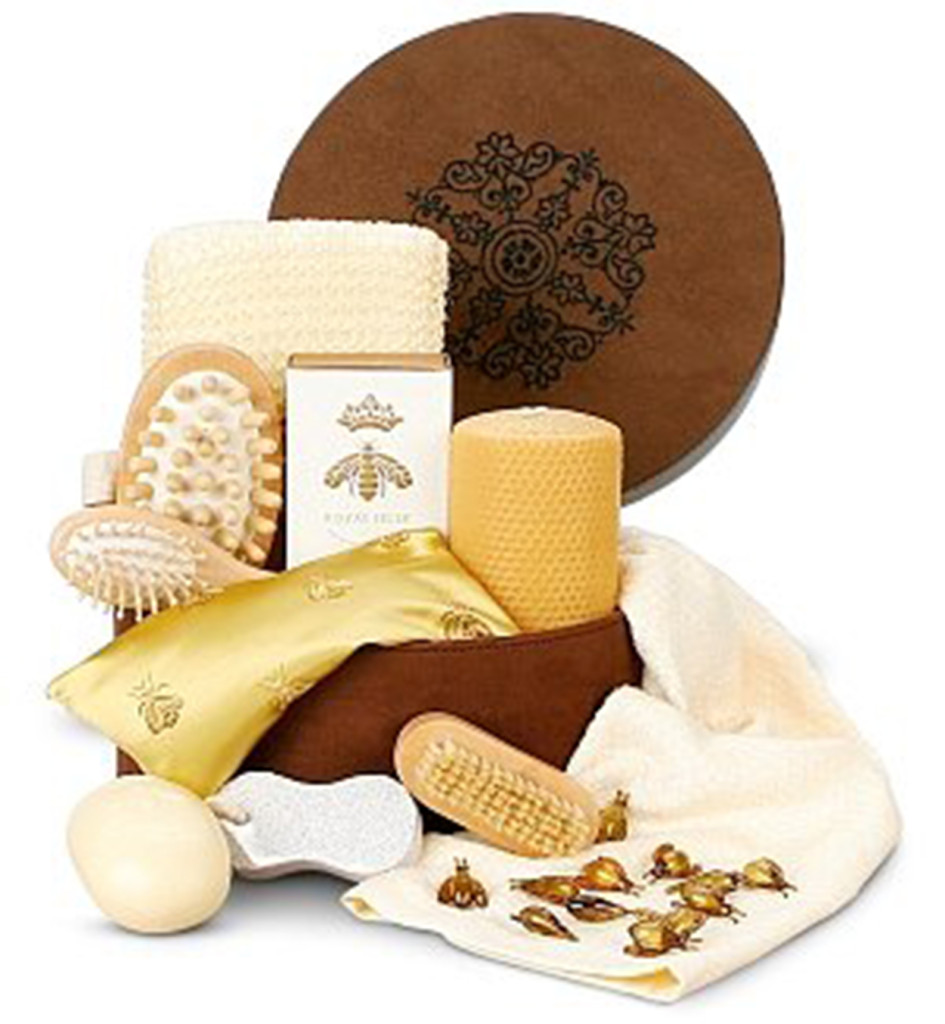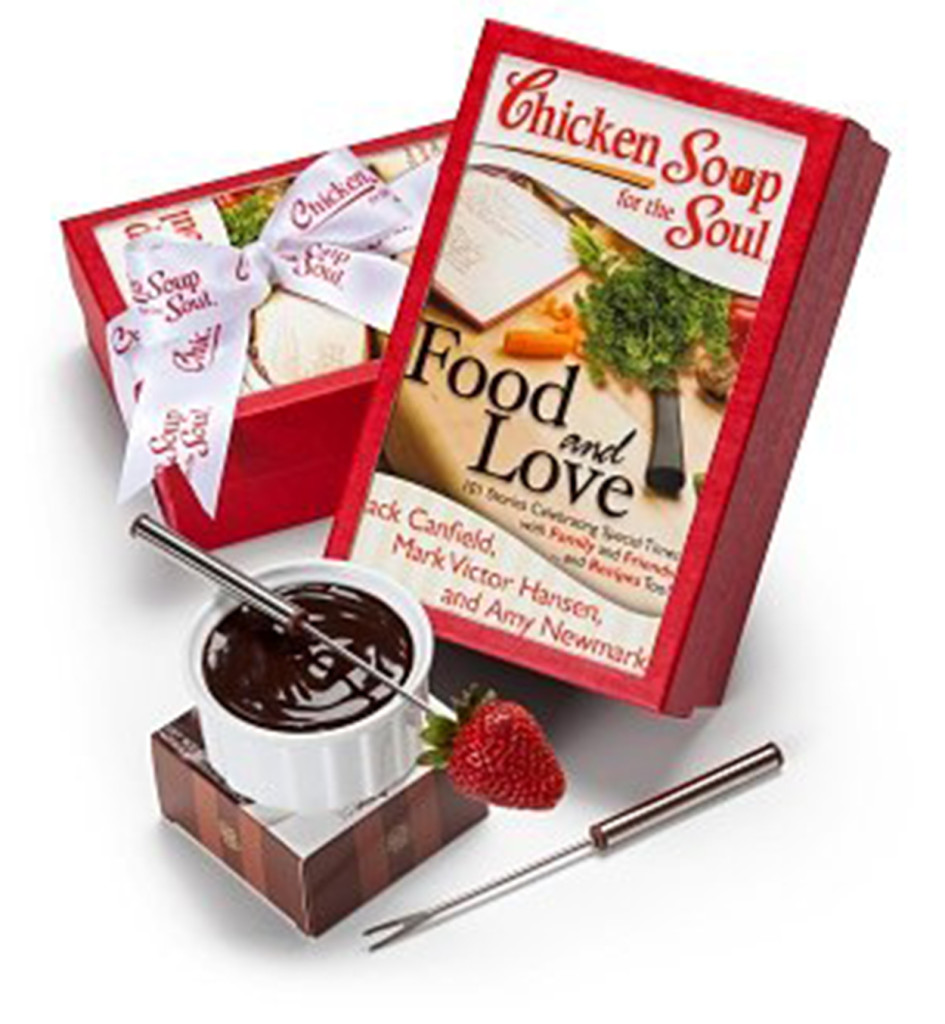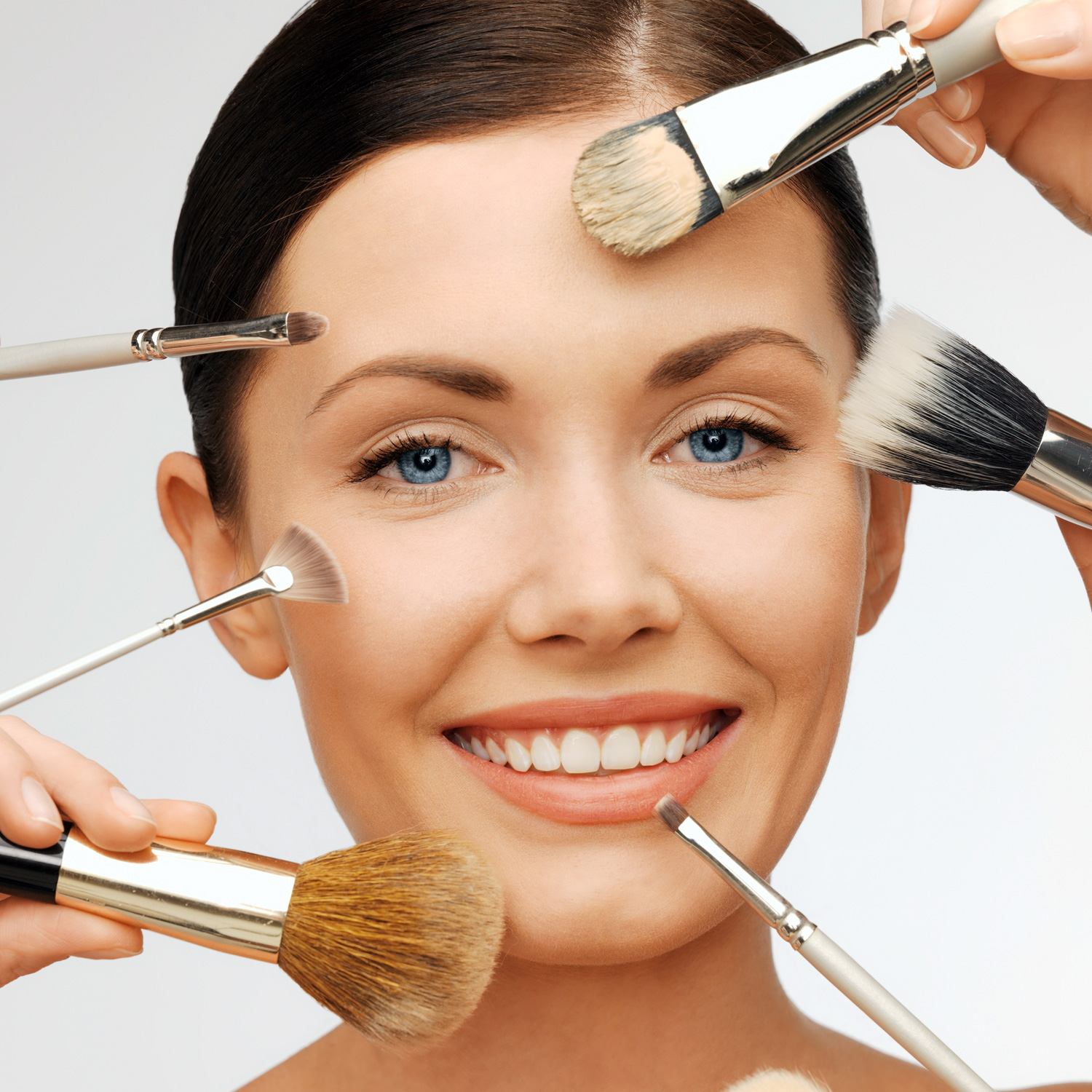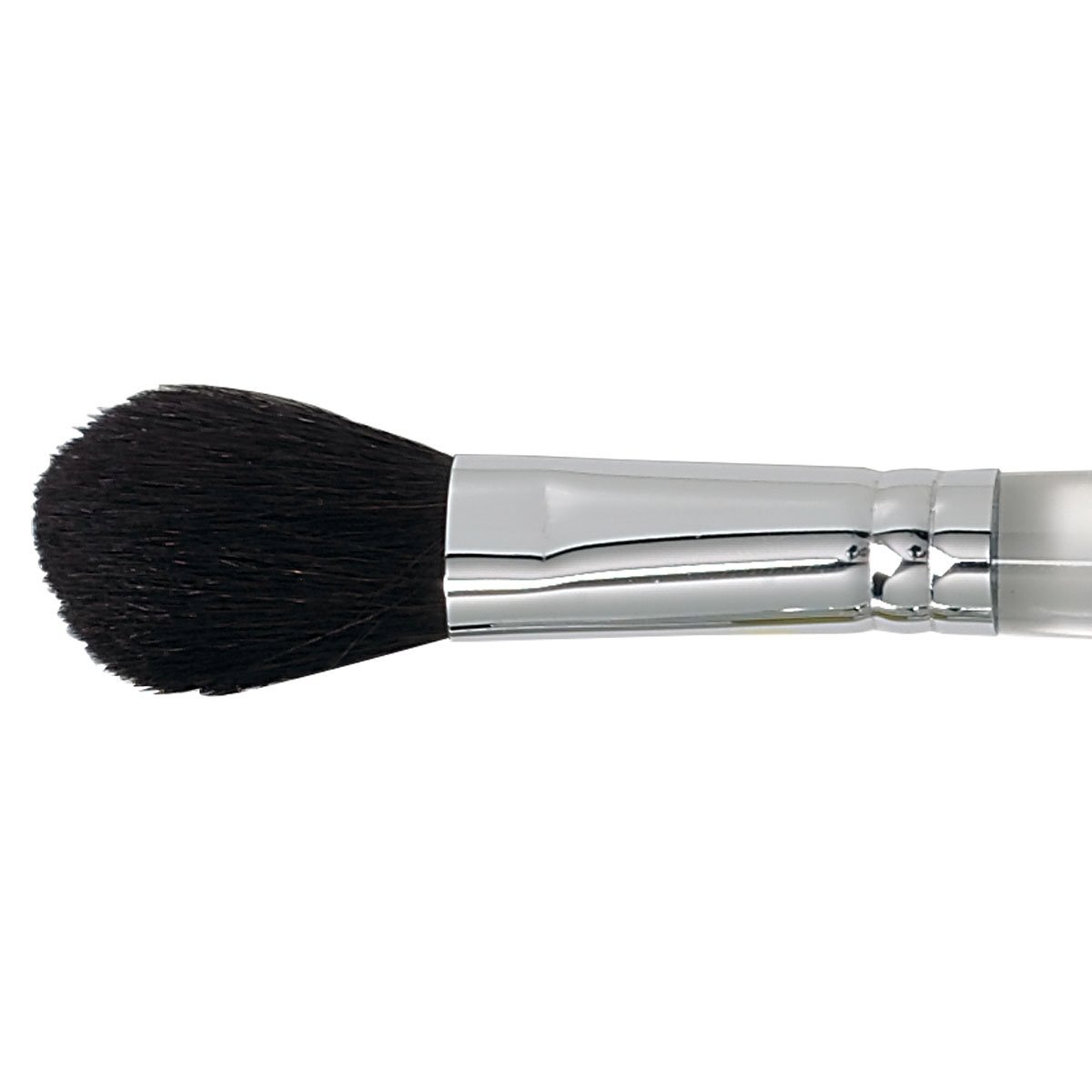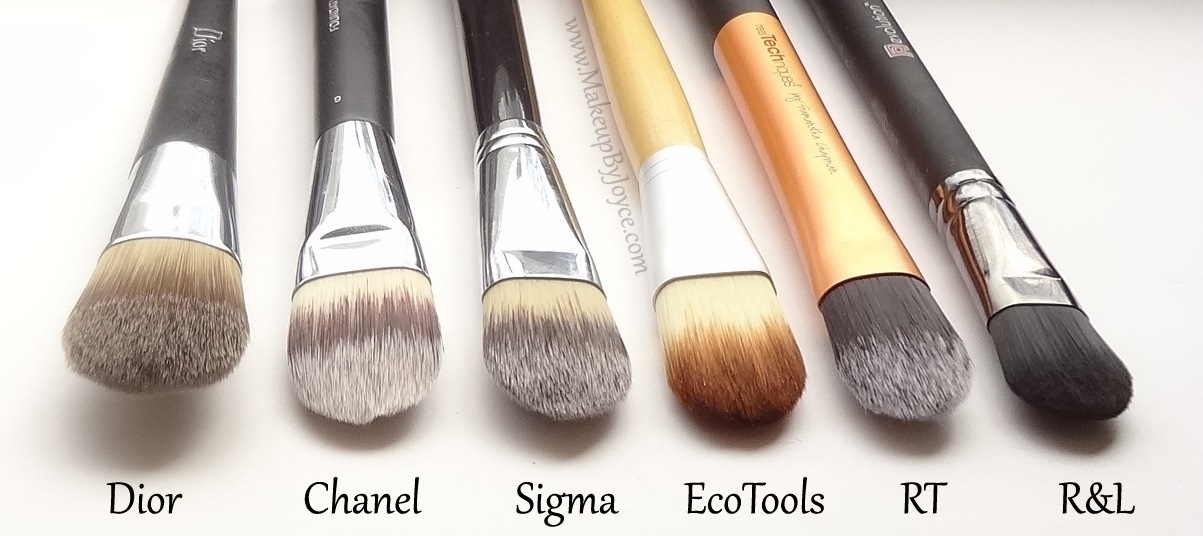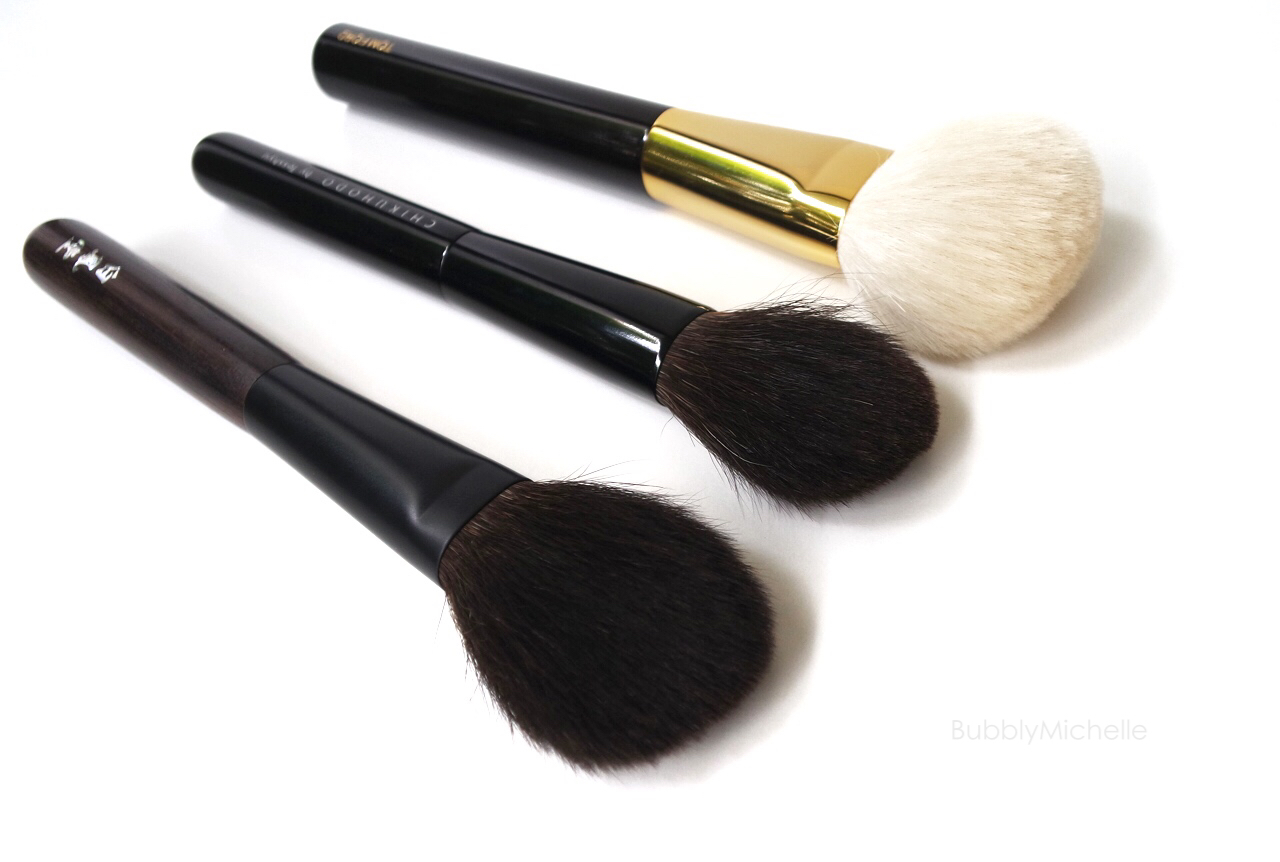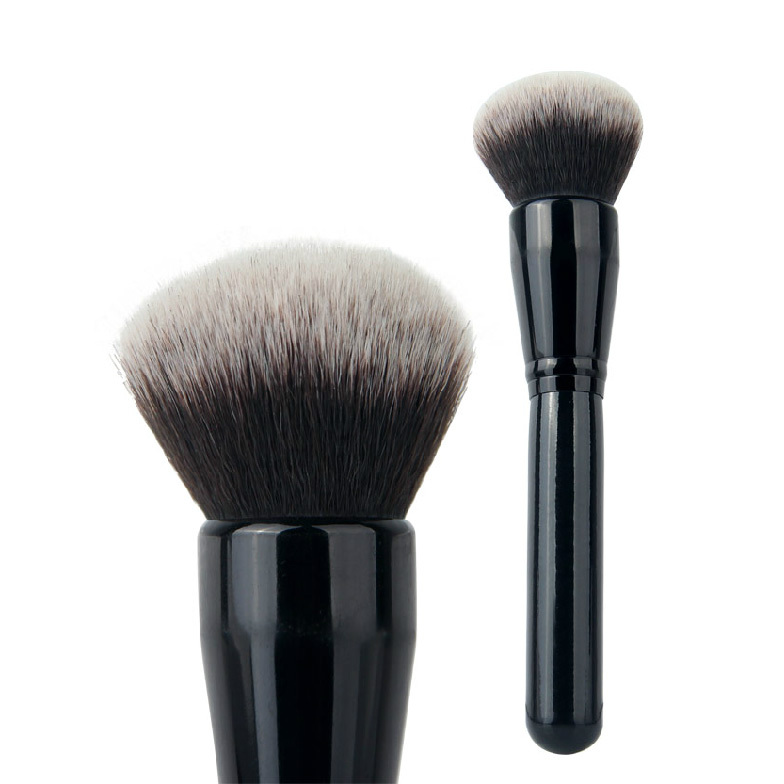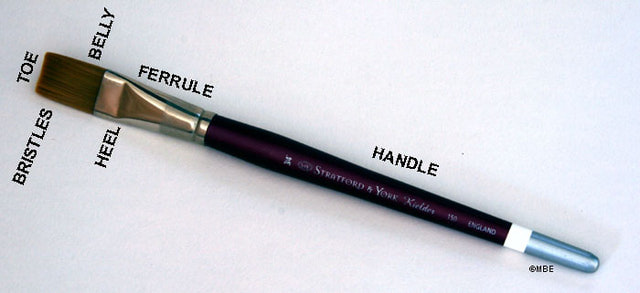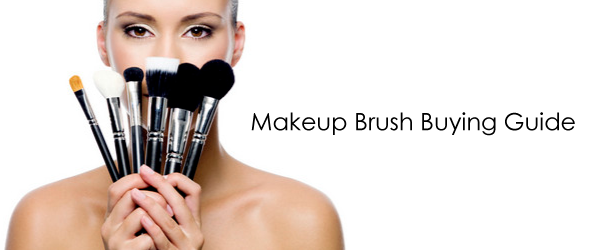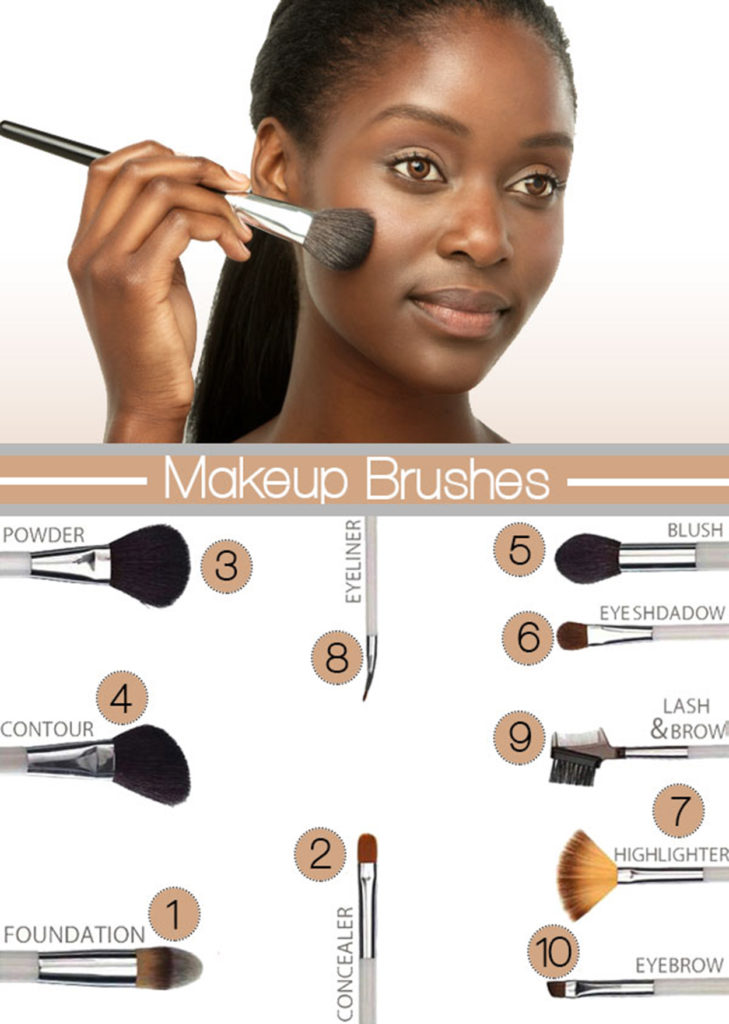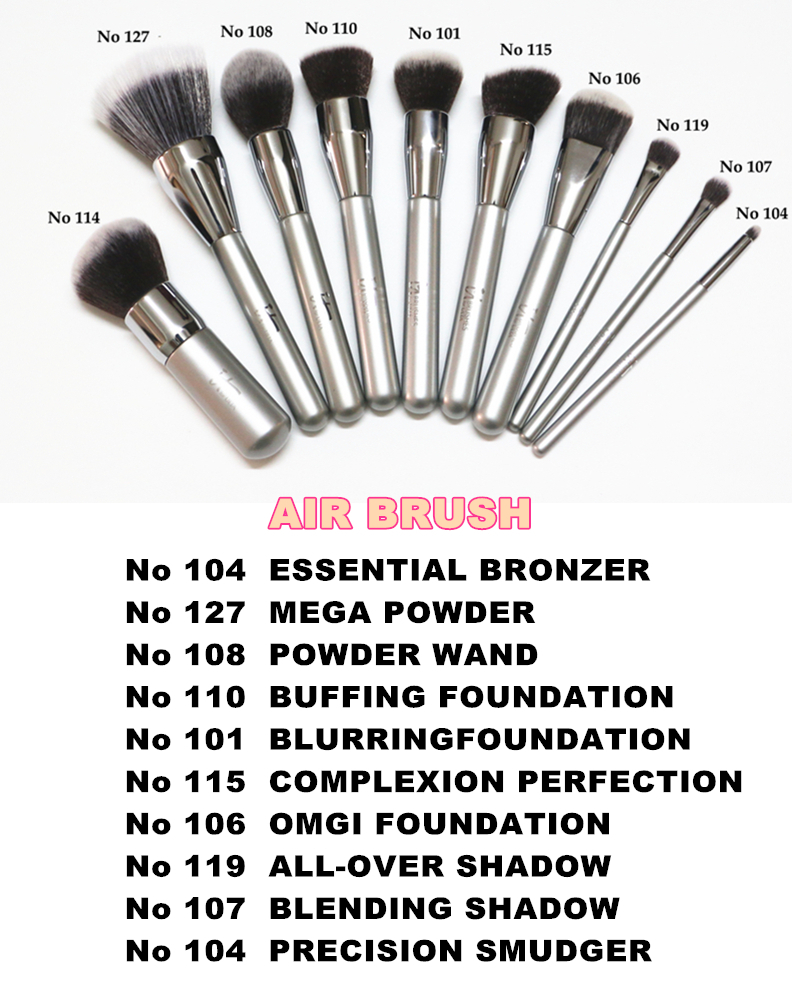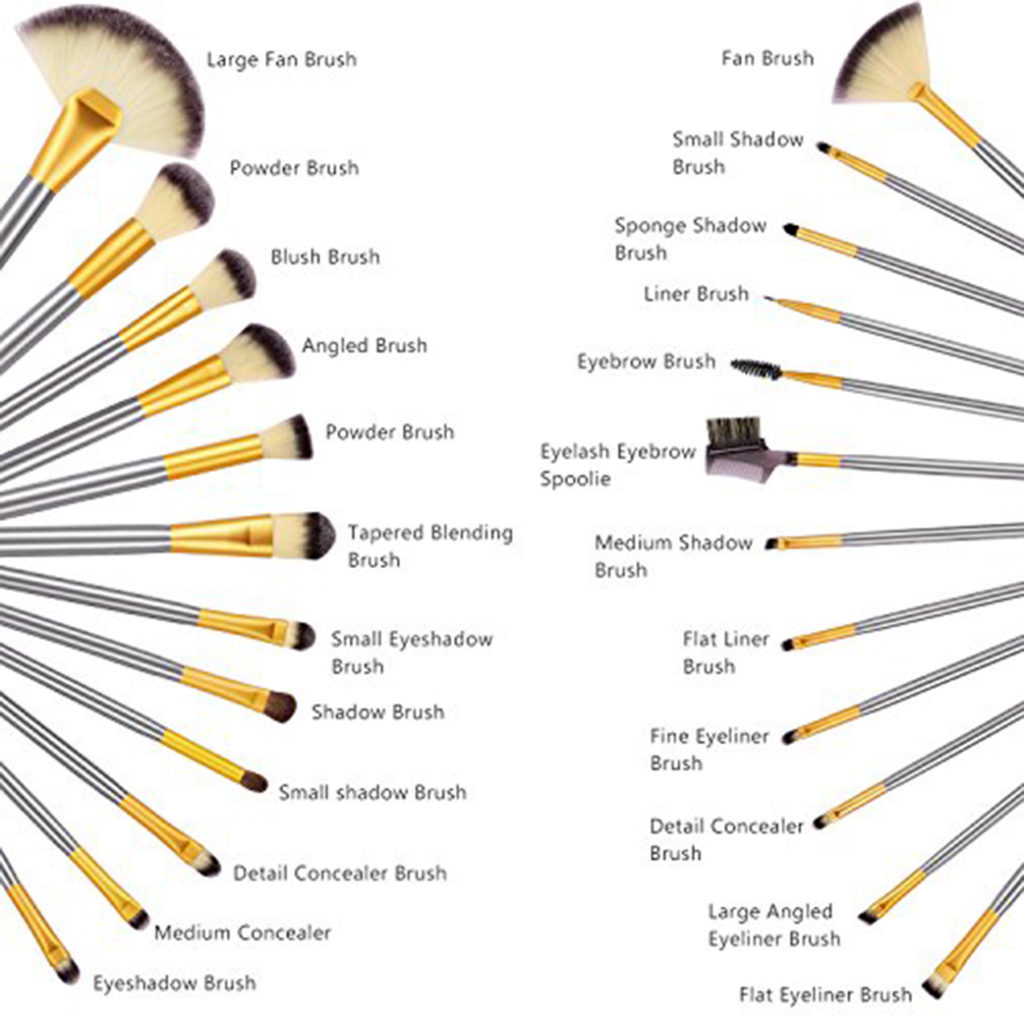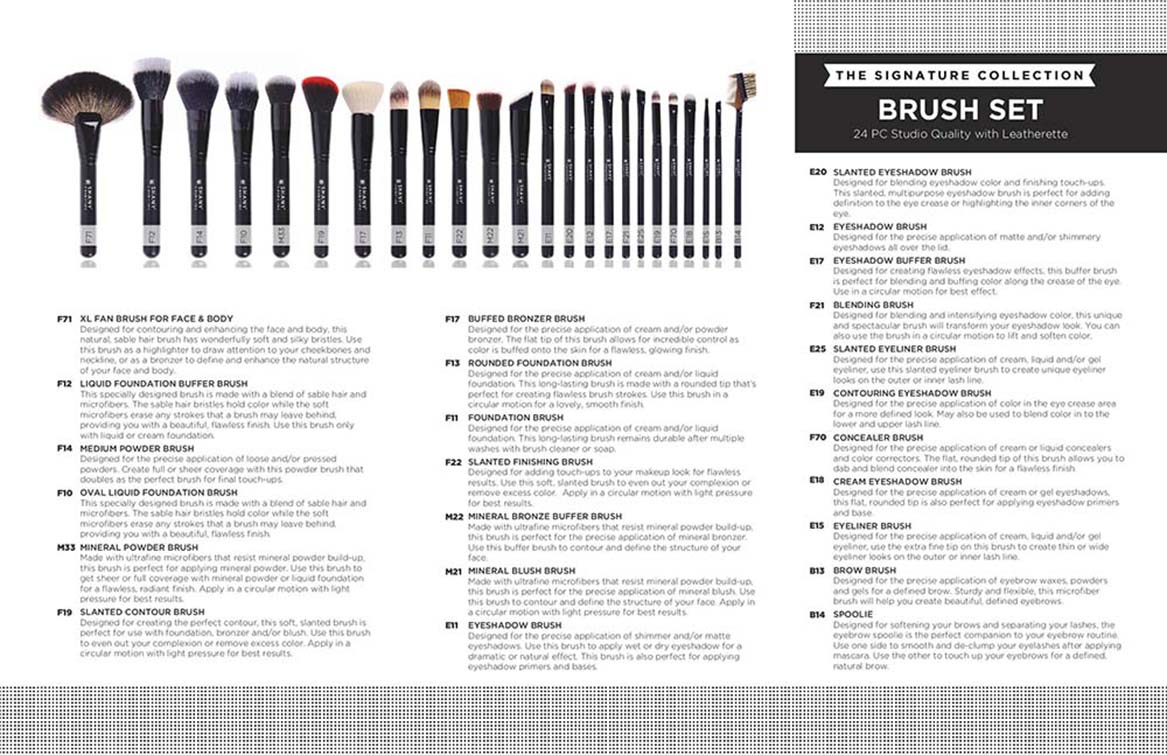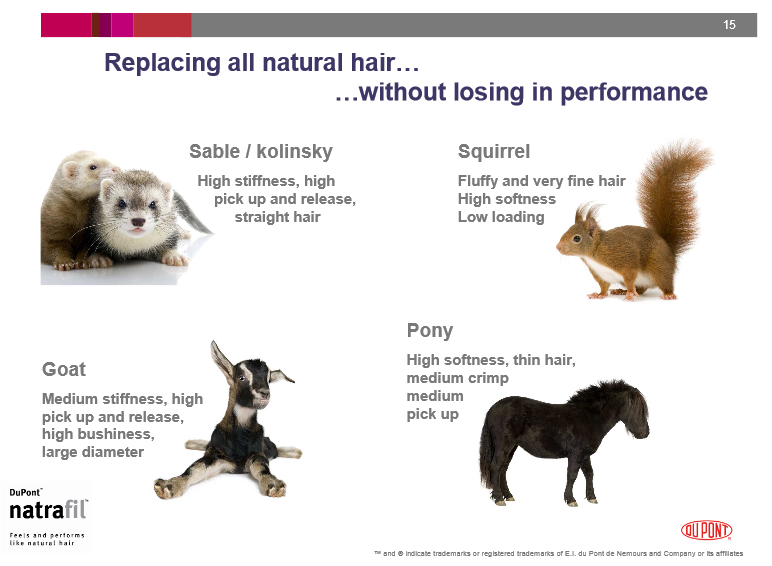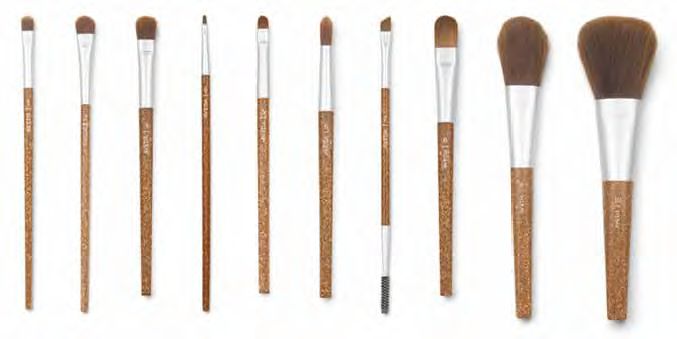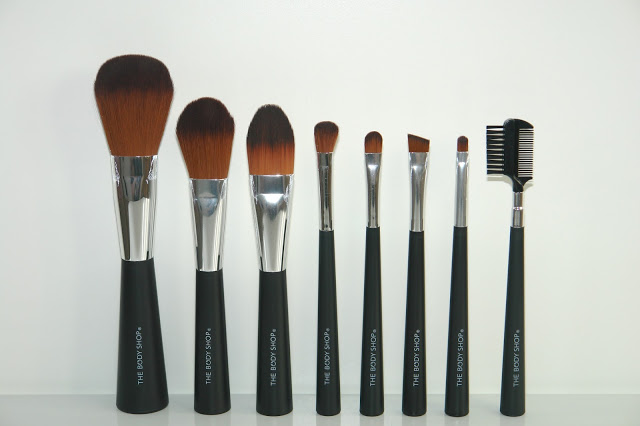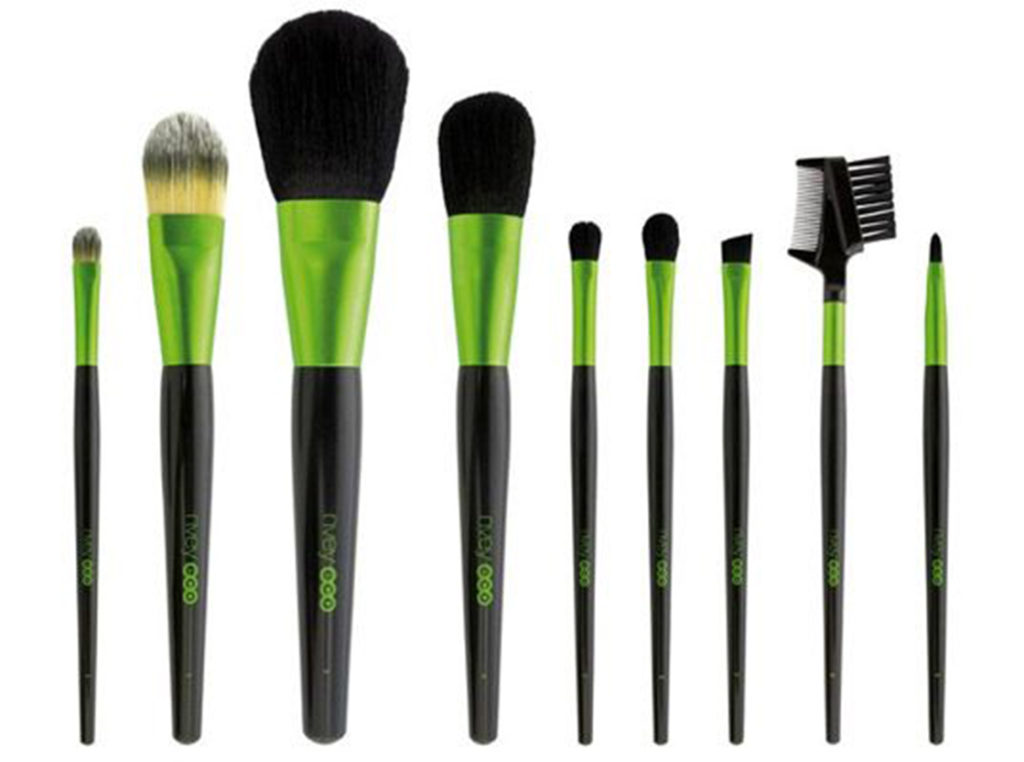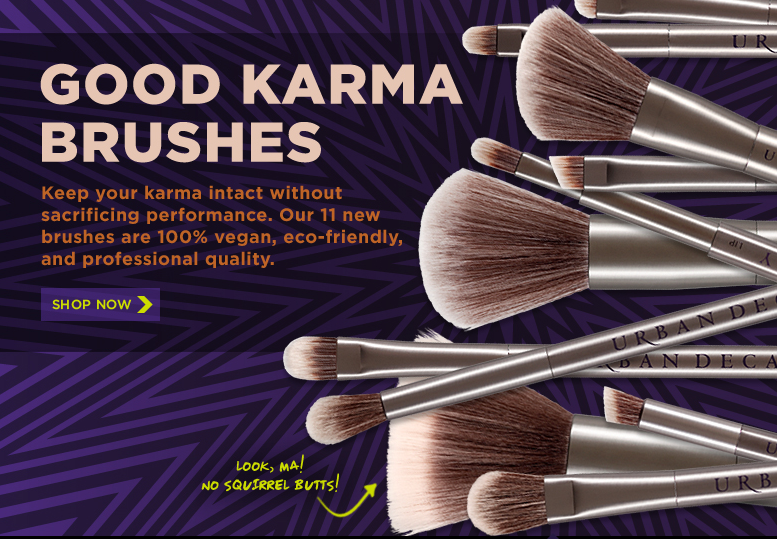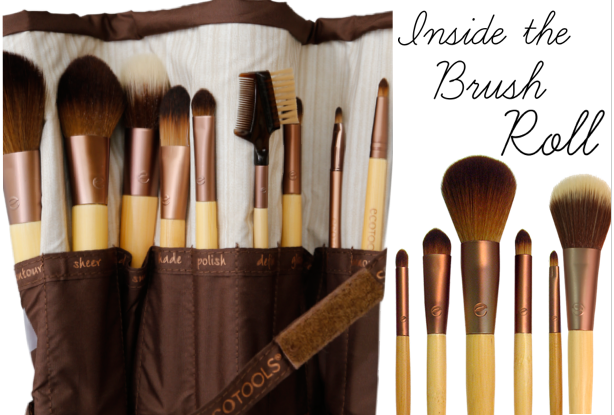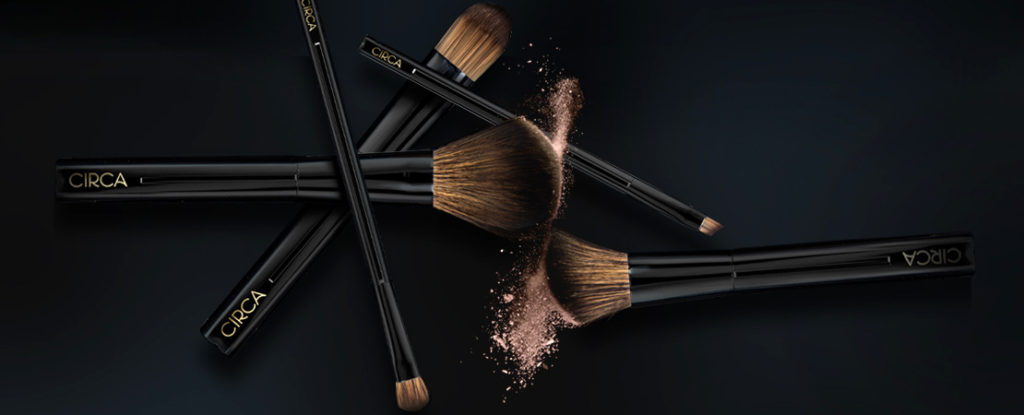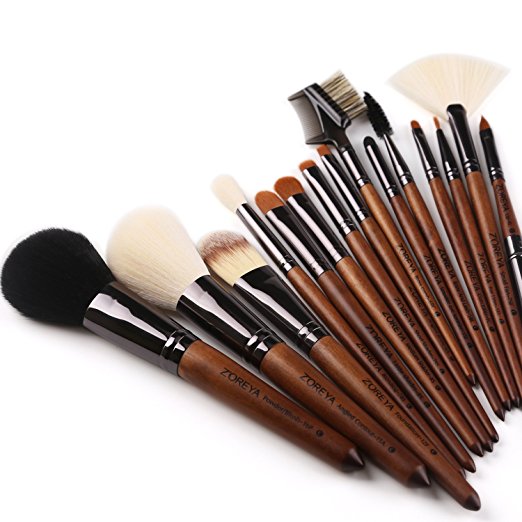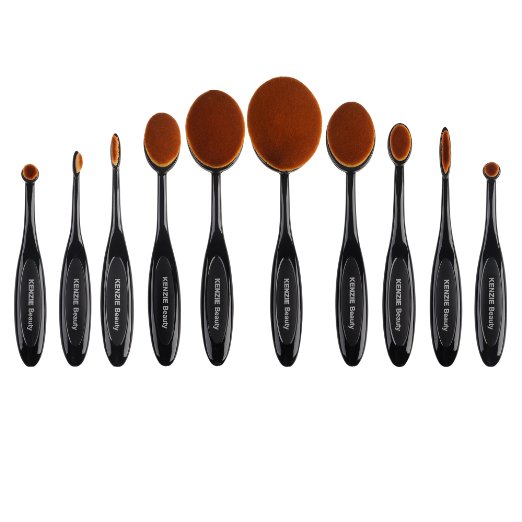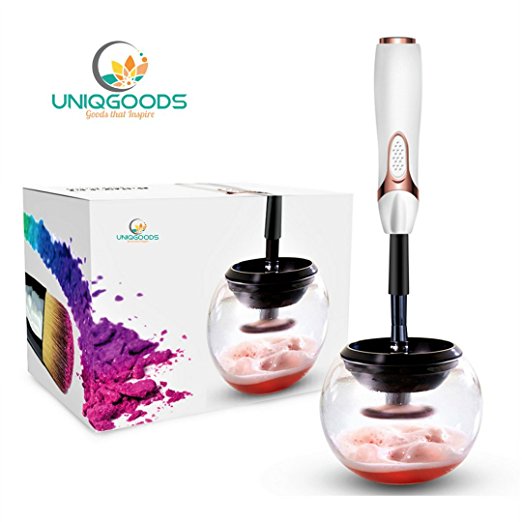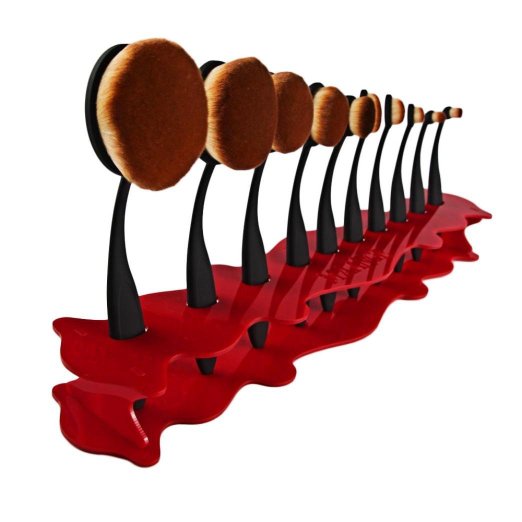Drinking water for beauty and wellness
About Water, facts, tips and more
Hello and thank you from all of us at Isabel’s Beauty Blog. Your support is well appreciated, it helps us continue to research and invite new contributors. We take the time to bring you quality information, products and authorities in the subjects we post. We wish for you, family and friends to enjoy and share, your choices with others.
Here in week 284, we are sharing facts on water, the post would have been too long if we wrote all the information we gathered, so with that being said, we decided to do a few posts on this subject from the point of view of a few experts.
Personally, I learned what my body water requirements are. I was doing a movie in Beaufort SC, and it was summer. We were working six days a week, very long hours and I became unconscious of the amount of water I was over drinking!!! In addition to perspiring, I ended up very ill due to a loss of Electrolytes, WOW what a lesson that was, I was really bad off for three days with a very close chance of kidney failure, believe me, I went onto research and I am very aware nowadays of my consumption of water. For the most part, I always drink lukewarm water never cold, I learned through Traditional Chinese Medicine that the Spleen does not like cold, and that is the ruler of weight, good old cellulite, and it is the one in charge of multiple major roles in the body, like a filter for blood as part of the immune system. Red blood cells are recycled in the spleen, and platelets of white blood cells are stored there, so I personally don’t want to upset this amazing organ, so I am conscious not to consume cold foods in general. I personally have deep consideration for my body and this organ.
I want to share a little bit about electrolytes:
Wishing you health, happiness and wealth from all of us at IsbelsBeautyBlog.com
According to: Paul Pitchford from HEALING WITH WHOLE FOODS
Water is the most abundant nutrient in the body, comprising two-thirds of the body’s mass, for the most part, nobody teaches that to us. People make efforts to obtain unadulterated food but neglect to find water of similar quality. Every type of water has its own unique quality. Rainwater tastes lighter, well water is more mineralized, river, lake, and spring water each have their own qualities.
One of the most important principals regarding our personal water consumption I believe is listening to the wisdom of our body, and drinking accordingly to our own thirst. So often we are told drink 8 glasses of water a day and other recommendations that perhaps are not for every individual constitutions or needs, not to mention any reference to the quality of water and the temperature of it when consumed.
If large amounts of water are ingested for reasons such as hard work or internal heat, is best done at least thirty minutes before or one hour after meals. Otherwise, digestive enzymes and secretions are diluted, and food nutrients are not effectively extracted. When water is taken with meals it is best to drink small amounts and warm perhaps a warm tea is a great idea.
The optimal water intake varies widely, every person’s requirement is different.Thirst is an important indicator of the need for water, this not always a conscious choice, is very important to listen to our boys so we don’t over or under do it.
Key Factors that Influence Personal Water Needs
Water requirements are lessened by:
Sedentary lifestyle
Consumption of fruit, vegetable, and sprouted foods
Cold deficient conditions
Cold and damp climates
Water requirements are increased by
Physical activity
Consumption of more meat, eggs, or salty foods
Fever, heat, or excess conditions
Dry, hot, or windy climates and many other variants
Major properties of water
Relaxing
Moistening
Hydrating
Soothing
Cooling
and dispersing
Too much water from any source can cause coldness sensation, actual dehydration, loss of minerals, weakness in digestion and loss of energy in the whole body. Chinese healing traditions states that an excess of water depletes the Digestive Fire of the spleen-pancreas and hinders the kidney-adrenals ability to provide warmth energy (yang qi).This applies especially to cold water and cold foods (salads, fruits etc)
On the other hand, insufficient water consumption causes toxicity of the body as well as constipation, tension, tightness, overeating, inflammation, dryness, and kidney damage.
When drinking water it is recommended to drink slowly, this helps the body to absorb it better and retain electrolytes.
The amount of water intake will significantly influence long-term health so be conscious about it.
Water composition in different parts of human body
Photo courtesy to soulutionsfitness.ca
Water is responsible for dissolving most nutrients, minerals, and substances in the biological processes of the human body. It transports the required amount of essential nutrients to different parts of the body and also provides a moist environment for our ear, nose and throat tissues. Water also plays a vital role in flushing waste and toxins out of bodies.
How much water should you drink every day?
This question looks very simple but there are no easy average answers. Over the period of time multiple recommendations are available to this question:
Before answering this question, let’s see what are the factors involved in calculating daily intake of water:
- The climate, where do you live for example altitude, tropic etc
- What is the nature of your work
- How is your health status
- How active are you
- Does your activity make you perspire?
- Are you an athlete
- Do you have health issues
- Do you consume fruits and vegetables that contain water?
After considering the above points and whatever common sense adds, there isn’t a specific formula available at this moment which can fit everyone. Multiple research and studies have been produced on this subject with different recommendations over the period of time. Here are some of them:
Daily Water Requirements: Drink 50-75% of your body weight in Ounces (Oz).
Sedentary people: 50%
Active people: 75%
See example for a person with 150 Pound
| Sedentary People | Active People | |
|---|---|---|
| Body WeightFor example take 150 Pound | 50% of 150 = 75 Ounces(2.2 Liters or 9 Cups) | 75% of 150 = 112.5 Ounces(3.3 Liters or 14 Cups) |
| Hot or humid weather | +16 Oz(½ Liter or 2 Cups) | +16 Oz(½ Liter or 2 Cups) |
| Strenuous Exercise | +16 Oz(½ Liter or 2 Cups) | +16 Oz(½ Liter or 2 Cups) |
| Total per day | 107 Oz(3.2 Liters or 13 Cups) | 144.5 Oz(4.3 Liters or 18 Cups) |
Note: This is only an estimate. This may vary person to person, always take in consideration the content of water that is in the food you consume.
How to Read the Signs for Your Body’s Water Needs
According to Dr Mercola
http://articles.mercola.com/sites/articles/archive/2014/12/15/drinking-enough-water.aspx
Once your body has lost between one to two percent of its total water content, it will signal its needs by making you feel thirsty but not before that. Using thirst as a guide to how much water you need to drink is a good way to ensure your individual needs are met, day-by-day do not wait a long period of time after you get the signal or you start to do damage, and always try to drink water no sodas which dehydrate you more, juices contain too much sugar which also dehydrates.
However, by the time your thirst mechanism kicks in you may already be a bit dehydrated. Most studies show that about 2/3 of us are dehydrated and need to drink more water.
This is particularly true for the elderly. Therefore, it’s also wise to learn some of the other, more subtle, signals your body sends, indicating you need to drink more water. As noted in the featured article, this includes:
- Fatigue and/or mood swings
- Hunger even though you’ve recently eaten
- Back or joint aches
- Dull, dry skin and/or pronounced wrinkles
- Infrequent urination; dark, concentrated urine, and/or constipation
The Color of Your Urine Is an Important Marker
Besides listening to your thirst, a good rule of thumb is to look at the color of your urine. You should be drinking enough water to turn your urine a light-colored yellow.
Dark-colored urine is a sign that your kidneys are retaining fluids in order to maintain your bodily functions, which includes detoxification. As a result, your urine will seem highly concentrated and dark in color. You may also urinate less frequently, for the same reason and accumulate more toxins.
Since your thirst mechanism tends to become less efficient with age, older adults need to pay more careful attention to the color of their urine to ensure adequate water intake.
Bear in mind that riboflavin (vitamin B2, which is also found in most multi-vitamins) will turn your urine a bright, almost fluorescent yellow this is also true of B vitamins in general. So if you’re taking supplements containing B2, it may be more difficult to judge by the color of your urine.
The Frequency of urination can also be used to judge your water intake. A healthy person urinates on average about seven or eight times a day. If your urine is scant or if you haven’t urinated in several hours, that too is an indication that you’re not drinking enough.
Symptoms of Chronic Dehydration
What Is Dehydration?
Sports drink is one of the highly commercialized beverages today – from its TV advertisements to its popular athlete endorsers – as mainstream media makes it look like drinking it will keep you healthy and well-hydrated. Beverage companies advertise that sports drink will help replenish the electrolytes in your body during exercise or outdoor activities, but the truth is the ingredients of your favorite sports drinks will not hydrate and benefit you, and may even be detrimental to your health.
A typical sports drink contains high-fructose corn syrup (HFCS) and artificial sweeteners. It has two-thirds of the sugar content of soda and is 30 times more erosive to your teeth than water. High-fructose corn syrup could cause negative health impacts like preventing the natural production of your body’s human growth hormone (HGH). It also contributes to almost all chronic diseases like diabetes, cancer, and heart disease.
Aside from sports drinks, there are also other sweetened beverages that you don’t benefit much from, like sodas. These are also equally unhealthy for your health, as just a 20-ounce bottle of cola gives you 16 teaspoons of sugar in high-fructose corn syrup. Diet soda makes no difference either because a study revealed that diet soda drinkers have a 70 percent increase in waist size than those non-diet soda drinkers in a 10-year period.
Commercial fruit juices are another sweetened drink that you must avoid because they do not have any hydrating properties and are actually loaded with sugar. For example, Minute Maid’s 15.2-ounce bottle actually contains 49 grams of sugar.
What’s more, most processed fruit juices are made with little resemblance to what an actual fresh fruit juice would be. Commercial fruit juices are pasteurized and their oxygen is removed to preserve them for a long time, making the juices less nutrient-dense. Store-bought fruit juices with an expiration date of 60 days or more is a sign that it is heavily processed, so I encourage you to boycott these kinds of beverages.
Indicators of dehydration:
1. Bad breath. Saliva has antibacterial properties in it, but dehydration can prevent your body from making enough saliva.
When you’re not producing enough saliva in the mouth, you can get bacteria overgrowth and one of the side reactions of that is bad breath from chronic dehydration,” says John Higgins, MD, associate professor of cardiovascular medicine at the University of Texas in Houston, and chief of cardiology at Lyndon B. Johnson General Hospital.
The primary symptoms of dehydration are thirst, dry skin, dark colored urine, and fatigue. But there are also a number of commonly overlooked signs that may suggest you’re suffering from more or less chronic dehydration. Such signs include:
- Digestive disturbances such as heartburn and constipation
- Confusion and/or anxiety
- Urinary tract infections
- Premature aging
- High cholesterol
- Skin breakouts among many other
Dehydration Is a Common Problem Among the Elderly
According to recent research, one in five seniors does not get enough water on a daily basis. Among those who do not have a caretaker, that number is even higher—one in four. And seniors with dementia are six times more likely to be dehydrated.
Dehydration also tends to be more common among people taking more medication. According to BBC News:2
“A 2013 analysis of death certificates by the [UK] Office for National Statistics had shown that 1,158 care home residents suffered dehydration-related deaths between 2003 and 2012.
But Dr. [Lee] Hooper said those figures were not clear-cut as patients often stopped eating or drinking towards the end of life. She also stressed that while care homes could sometimes do better, it was important to point out that identifying dehydration and solving its causes was complex.
‘The reasons older people do not drink enough are that as we age we lose our sense of thirst so they may not be thirsty. [Or they] decide not to drink because of continence issues, because they don’t have as much social contact or because of frailty or forgetfulness.'”
Why I Do Not Recommend Bottled Water by Dr Marcola
While drinking water will help flush out toxins, the more unfiltered water you drink, the more pollutants you’re consuming… Most tap water contains an array of harmful contaminants, including fluoride, disinfection byproducts, chemicals, radiation, heavy metals, and pharmaceutical drugs. Additionally, be careful about bathing in unfiltered water as you can easily absorb more toxins by breathing in a hot shower than you can by drinking tap water all day long.
Last year, federal scientists reported finding traces of 18 unregulated contaminants in one-third of the water samples collected from 25 municipal utilities across the US, including perfluorinated compounds like PFOA. So besides making sure you’re drinking enough, another very important consideration is the type of water you drink.
Many instinctively reach for bottled water, but there are many reasons to avoid this option. Drinking from plastic water bottles can pose serious health risks from industrial chemicals like bisphenol-A and bisphenol-S (BPA/BPS), as well as phthalates, which leach from the plastic itself into the contents of the bottle. BPA and BPS are estrogen-mimicking chemicals linked to reproductive defects, learning and behavioral problems, immune dysfunction, and prostate and breast cancer. Phthalates are also endocrine disruptors and have been linked to a wide range of developmental and reproductive effects, as well as liver cancer.
Bottled water also costs about 1,900 times the price of regular tap water, and may or may not have received any additional treatment. Studies have shown that 40 percent of bottled water is actually regular tap water with possibly no additional filtering treatment. While the US Environmental Protection Agency (EPA) requires large public water supplies to test for contaminants several times a day, the Food and Drug Administration (FDA) requires private bottlers to test for contaminants only once a week, once a year, or once every four years, depending on the contaminant.
One independent test performed by the Environmental Working Group (EWG) in 2011 revealed 38 low-level contaminants in bottled water. Each of the 10 tested brands contained an average of eight chemicals. Disinfection byproducts (DBPs), caffeine, Tylenol, nitrate, industrial chemicals, arsenic, and bacteria were all detected. Fluoride is also usually present in both tap water and filtered bottled water.
Many bottled glasses of water actually make a point of adding fluoride back into the water, so if you are drinking bottled water, make sure it’s fluoride-free. Last but not least, plastic bottles also cause enormous environmental problems because of the sheer volume of plastic waste they create; the lack of adequate recycling capability for plastics; and the amount of oil required to manufacture them.
The Health Benefits of ‘Living Water’
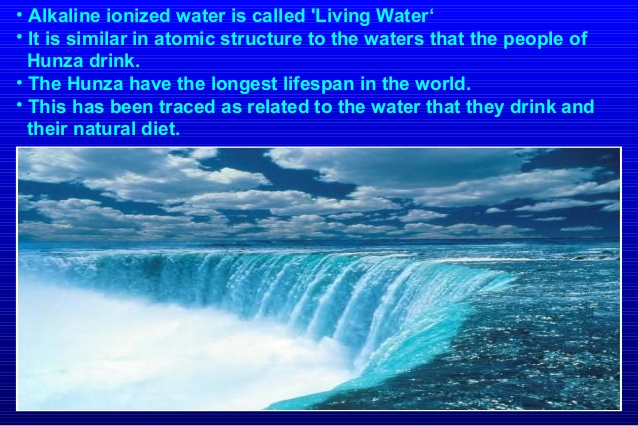
The answer to all these health and environmental issues is to minimize or eliminate your use of plastic water bottles. The most economical and environmentally sound choice you can make is to purchase and install a water filter for your home which requires a certain amount of research, not all filters are made the same. And, in lieu of plastic bottles, use reusable glass water bottles instead which have a much smaller ecological footprint and have less harmful chemicals to damage your health.
The very best water, however, comes from a natural gravity-fed spring. We do not suggest drinking distilled water on a regular basis. It’s too acidic and is not recommended for extended use due to the fact that it will bind with minerals and pulls them out of the body. Although it can be beneficial for temporary detoxification purposes or specific conditions it is best to use it carefully. The ideal pH of your water should be between 6.5 to 7.5, which is neutral. What you want is pure water that is clean, pH balanced, and “alive.”
Mountain spring water is ideal. Not only does it have a healthy pH, but it’s also “structured” in a way that is not well understood. The previous interview with Dr. Gerald Pollack on this subject shows some very interesting facts. He’s one of the leading research scientists in the world when it comes to understanding the physics of water, and what it means to your health. His book, The Fourth Phase of Water: Beyond Solid, Liquid, and Vapor, clearly explains the theory of the fourth phase of water, which is nothing short of ground-breaking.
The fourth phase of water is, in a nutshell, living water. It’s referred to as EZ water—EZ standing for “exclusion zone”—which has a negative charge. This water can hold energy, much like a battery, and can deliver energy, too. This is the kind of water your cells contain; even your extracellular tissues are filled with EZ water, which is why he believes it’s so important to drink structured water for optimal health.
I drink vortexed water nearly exclusively as I became a big fan of Viktor Schauberger, who did much pioneering work on vortexing about a century ago. Dr. Pollack confirms that by creating a vortex in a glass of water, you’re putting more energy into it, thereby increasing EZ. Water from deep sources, such as deep spring water, is an excellent choice as EZ water is also created under pressure. FindaSpring.com is an excellent resource that can help you find a natural spring nearby. As an added bonus, collecting spring water is usually free—you just need to bring your own jugs. I recommend using glass jugs instead of plastic, for all the reasons discussed earlier.
What’s In Your Water?
According to http://wellnessmama.com/8079/water-filter-options/
If you are drinking tap water, the answer to that question is about 300+ chemicals and pollutants, according to research from the Environmental Working Group. Among these many contaminants are:
- Volatile Organic Chemicals (VOCs) such as pesticides, herbicides, and other chemicals. These chemicals are found in most municipal water sources and even in well and other sources due to agricultural run-off and contamination. Research links certain VOCs to damage in the reproductive system, liver, kidneys and more.
- Heavy Metals like lead and mercury are found in some water sources and have been linked to any health problems.
- Endocrine Disrupting Chemicals are chemicals that may mimic or interfere with the normal hormones in the body and these chemicals are being found in increasing amounts in the water supply. From this testimony before a congressional committee on the issue: “Over the past fifty years, researchers observed increases in endocrine-sensitive health outcomes. Breast and prostatic cancer incidence increased between 1969 and 1986 ; there was a four-fold increase in ectopic pregnancies (development of the fertilized egg outside of the uterus) in the U.S. between 1970 and 1987 ; the incidence of cryptorchidism (undescended testicles) doubled in the U.K. between 1960 and the mid 1980s ; and there was an approximately 42% decrease in sperm count worldwide between 1940 and 1990 .” These chemicals are known to affect animals when they enter the water supply as well.
- Fluoride: This is perhaps the most controversial of the contaminants in water (if something like water contaminants can be controversial!) because it is purposefully added to the water and there is a much-heated debate about the benefits/harm of this. Anyone who listened to the HealThy Mouth Summit is well aware of the potential dangers of Fluoride thanks to Dr. Kennedy, but the short is: If fluoride has any benefit, it would be directed to the teeth, as drinking the fluoride has not been statistically shown to increase oral health at all. Additionally, fluoride has been linked to thyroid problems and other disorders when consumed internally.
So what are the options for those of us not interested in drinking a chemical cocktail every time we are thirsty?
Bottled Water:
Bottled water has started falling out of favor lately and with good reason. Mark’s Daily Apple did an in-depth analysis of why, but bottled water is not a good option for several reasons:
- Chemicals from the plastic bottle itself can leach into the water
- In most cases, the water itself is no different than tap water
- Bottled water costs more in many cases that drinking tap water
- Water bottles are a major source of consumer waste each year!
Verdict: Not the best option on price, taste, or health so I skip it. That being said, having a bottle of water is very convenient, and there are some great sustainable options. Glass and VitaJewel bottles are my personal favorites!
Pitcher Water Filters
Pitcher water filters like Brita use Granulated Activated Charcoal to remove some contaminants. They are less expensive than other filter options upfront but require frequent filling (especially for large families) and cartridge replacement (making them more expensive in the long run). Since the carbon is not solid, it does not remove all toxins through these filters will improve taste.
Pitcher filters will reduce chlorine, but are not effective at removing VOCs, heavy metals, endocrine disruptors or fluoride. This category also includes faucet mount external filters, which use the same technology.
Verdict: Better than nothing, but doesn’t remove the worst offenders and is somewhat costly to use compared to other options.
Reverse Osmosis (RO)
Reverse Osmosis filtration uses a membrane which removes many contaminants from water. It is usually paired with a Granulated Activated Charcoal filter to remove chlorine and many mounts under the sink and have a holding tank. The semipermeable membrane separates many contaminates (which usually have a larger particle size than water) from the water and rejects a large amount of water in the process.
The result is a waste of several gallons of water for every gallon filtered and many naturally occurring minerals (including calcium and magnesium) are also removed from the water. We used this type of filter for a long time but added trace minerals back into the water to replace the ones that are filtered out. It does remove a large number of contaminants but is not the best option, in my opinion.
Pros: Removes a large number of contaminants. Many unite are stored under the sink and have a simple spigot over the counter for getting the water. Does reduce arsenic, asbestos and heavy metals. Does remove fluoride.
Cons: Wastes more water than it produces. Does not reduce VOCs or endocrine disruptors. Requires adequate water pressure to work so it is not usable if the home water supply is cut off. Takes up to an hour to filter one gallon of water and filters need to be replaced regularly. Removes necessary minerals from the water.
Verdict: Certainly better than a lot of options out there and does remove fluoride, but not the best due to its waste of water and costly filters.
Distilled Water
The distillation process uses heat to cause the water to become steam. The steam rises and moves to a cooling chamber where it turns back into liquid, leaving behind many contaminants. This type of filtration reduces large particles like minerals and heavy metals but does not remove endocrine disruptors or VOCs since they vaporize at equal or lower temps that water and rise with the steam. It does effectively kill bacteria.
Pros: Removes a large number of contaminants. Does reduce arsenic, asbestos and heavy metals. Does remove fluoride.
Cons: Does not reduce VOCs or endocrine disruptors. Home distillation systems are often large and expensive. Use a large amount of electricity and will not work in power outages. Removes necessary minerals from the water. Long-term use can cause mineral deficiencies in a big way, is not recommended.
Verdict: Better than bottled water, but definitely not the best option out there, especially for home situations.
Solid Block Carbon Filters
Recognized by the EPA as the best option for removing chemicals like herbicides, pesticides and VOCs. Quality carbon block filters will remove chemicals, pesticides, bacteria, fluoride (with filter attachment), heavy metals, nitrate, nitrites and parasites. Most are gravity based and can safely transform any type of water into safe drinking water including rainwater, pond water and even sea water (though these types of water will clog the filters much more quickly and are not ideal!) It will even filter water with food coloring to create clear water (yes, I tested it…)
This is the option that we use now and my only complaint is that it does take up counter space. The advantages are that it is gravity based and will work even without electricity or running water. While these types of units can be more pricey than pitcher filters or other filters up front, they seem to be the least expensive in the long run and require the fewest filter replacements (a big plus for me!). These types of filters also don’t remove naturally occurring minerals from the water, making it the best tasting filtered water option, in my opinion.
Using a filter calculator, I’ve determined that the specific system we use won’t need to be replaced for over 20 years with our current usage (though I’m guessing our usage will increase as the kids get older).
The most common type of this filter is the Berkey and it comes in many sizes for different uses. It can even be used camping to filter river water for drinking! (Tested this too and it saved one of my brother-in-laws from Giardia when other members of his group got it while camping)
Pros: Filters VOCs, heavy metals, chlorine, fluoride, nitrates/ites, bacteria, parasites and other chemicals. Very inexpensive per gallon cost and infrequent filter replacement. Great tasting water. Doesn’t require electricity or water pressure to work. Portable options can even be used while travelling.
Cons: Does require counter space and does have to be manually filled (not a big deal for us, we just fill at night and we have plenty of water the next day). More expensive up front. Does not remove endocrine disruptors and there are some concerns with third-party testing with some brands.
Verdict: A good option, especially in places where under-counter or permanent systems are not an option.
Under Counter Multi-Stage Filters
After years of research and trying most of the options above at some point, we finally found and switched to an under-counter multi-stage water filter system that meets all of the criteria and exceeds them. It filters water through a 14-stage process that utilizes most of the methods listed above, along with others like UV and adds minerals back in. During the filtration process, water goes through these stages:
Stage 1 – Five Micron Pre-Filter
Stage 2 – Internal Coconut Shell Carbon Filter (like Berkey)
Stage 3 – Reverse Osmosis Membrane (Purifier #1) (like regular RO but more efficient)
Stage 4 – Mixed Bed De-Ionization Purifier (Purifier #2)
Stage 5 – Mixed Bed De-Ionization Purifier (Purifier #3)
Stages 6 & 7 – Homeopathic Restructuring – Erasing Memory, Molecule Coherence
Stage 8 – Holding Tank – standard tank holds about 3 gallons of pure water. Other tanks are available.
Stage 9 – Ultraviolet Light – 14 Watt
Stage 10 – Reprogramming – Adding Natural Mineral Properties
Stages 11-12 – Far-Infrared Reprogramming
Stage 13 – Coconut Shell Carbon Post-Filtration
Stage 14 – Alka-Min (Alkalizing, Ionic Remineralization)
It removes fluoride, lead, chlorine, MTBE, chromium-6, nitrates, pesticides, pharmaceutical residues, water-borne illness and more.
Pros: Removes the widest range of contaminants. Very easy to use with no manual filling required. Spigot attaches near the sink for easy use. Water tastes great.
Cons: Must be installed under the sink. We had to hire a plumber for this, though we probably could have figured it out ourselves, I was just reluctant to try.
The Power of Water- Ed Begley Jr
10 Benefits Of Drinking Water
https://youtu.be/kN-non9J4Ag
10 Health Benefits of Drinking Lemon Water Every Morning
Why Drink Coconut Water? | Health Benefits of Coconut Water | The Healthy Grocery Girl® Show
VITALITY
Emerald – clear quartz
St. Hildegard declared nearly 1000 years ago: “All the green of nature is concentrated within the Emerald.” This lush crystal has been a source of fascination in many cultures and was considered a symbol of eternal life in ancient Egypt. Louis Pasteur said: “We drink 90 percent of our illnesses.” Your body needs a sufficient amount of fresh water for well functioning cleansing processes and a stable health. It’s a natural way to help you lead a better life. Become vital!
FIVE ELEMENTS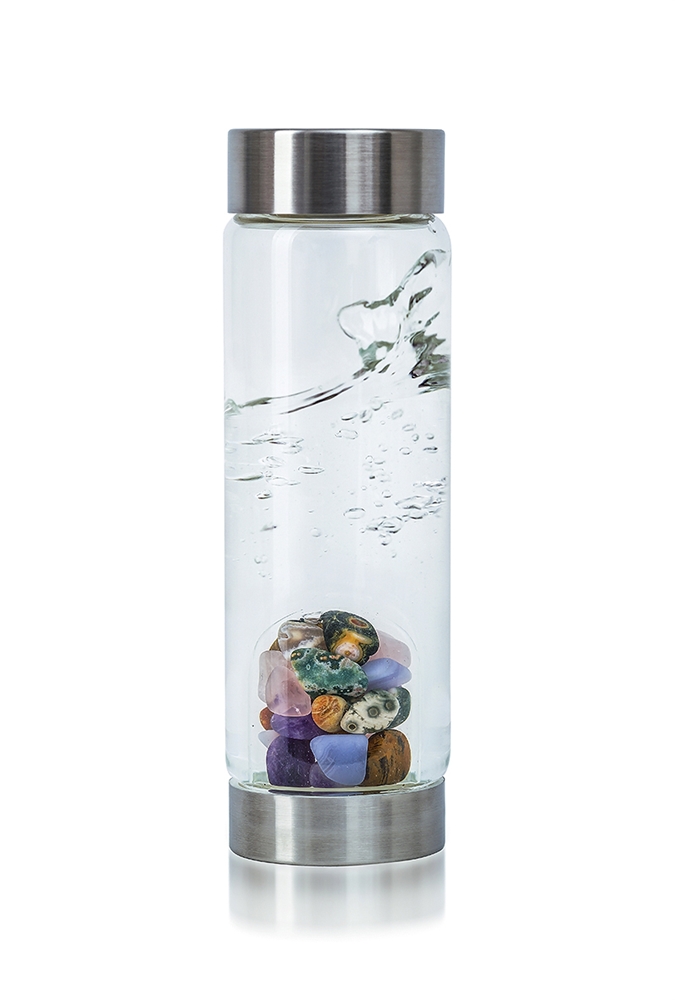
Amethyst – chalcedony – petrified wood rose quartz – ocean chalcedony
Traditional Chinese medicine has developed over 5,000 years and recognizes health as a harmonious balance of five elements: Wood for growth, water for reflection, earth for grounding, metal for strength and fire for passion. Every person is a unique blend of these elements. Following this ancient philosophy, we have included one kind of gem for each element in this blend to reflect each attribute. Get your life in balance. Experience this ancient wisdom.
Aqua-Ionizer Deluxe 9 Plate Alkaline Water Ionizer and Alkaline Water Machine by Air Water Life 
- Life Time Warranty-Vanguard Platinum Plate Coating Technology-9 Plate Alkaline Water Ionizer
- (3.5pH-11.5pH) -860 ORP Alkaline Water, Fresh from your own Luxury Water Ionizer in your own home.
- Takes HOT Water up to 165ºF – 7 Healthy Water Options –
- Built-in Active Carbon Water Filter: Long-life, hi-tech filter purifies over 1,585 gals.
iSpring RCC7AK – Built in USA, WQA Certified Reverse Osmosis 6 Stages 75GPD Under Sink Water Filter w/ Alkaline stage, Clear Housing, Designer Faucet
- Purity It Refines with the Minerals It Restores – Restores natural minerals removed by RO to produce great tasting Mineral Water at 2 cents a bottle
- Most Cost Effective Technology – Rejects up to 99% of 1000+ pollutants such as chlorine, fluoride, lead, arsenic, pesticide, drugs, and fertilizer
Invigorated Living Premium Alkaline Water Pitcher Ionizer, 2 Long-Life Filters Included, Alkaline Filtered Water Purifier Machine, High pH Natural Filtration System, Removes Toxins, Enhances Immunity & Optimizes Health
- UTILIZING OUR 7-STAGE ALKALINE WATER FILTERS CONSISTING OF MINERAL BALLS, ION EXCHANGE RESIN & ACTIVATED CARBON – the pH level of drinking water is increased, the water is purified removing chlorine, odors and heavy metals, while inhibiting bacterial growth. Our filter system filtrates 90% of all lead, zinc, copper and pollutants in tap water giving it a more natural taste.
- Imported
- DRINKING ALKALINE IONIZED WATER CAN IMPROVE HEALTH – by removing heavy metals, chemicals, chlorine & chloramine from our water, while increasing essential mineral uptake (iron, zinc, calcium and other beneficial minerals). Metabolism can be improved aiding in weight loss.
- ALKALINE WATER FILTRATION REMOVES FREE RADICALS, ELIMINATES TOXINS, & INCREASES IMMUNITY & ENERGY LEVELS – through powerful antioxidants & high negative ORP (Oxidation-Reduction Potential – a measure of the cleanliness of the water & its ability to break down contaminants. Most bottled and tap water has a positive potential, while alkaline water with its negative potential donates extra electrons to neutralize the harmful effects of free radicals on the body).
2 Silver Alkaline Energy Flask Ionizer Water Bottles with Cases
- The Pod is a portable water dispenser that converts regular water into alkaline and ionized water that anyone can drink anywhere, anytime.
- The Pod uses 13 types of minerals in its filter including Tourmaline, Zeolite and Maifanshi stone.
SaveSave
SaveSave
SaveSave
SaveSave
